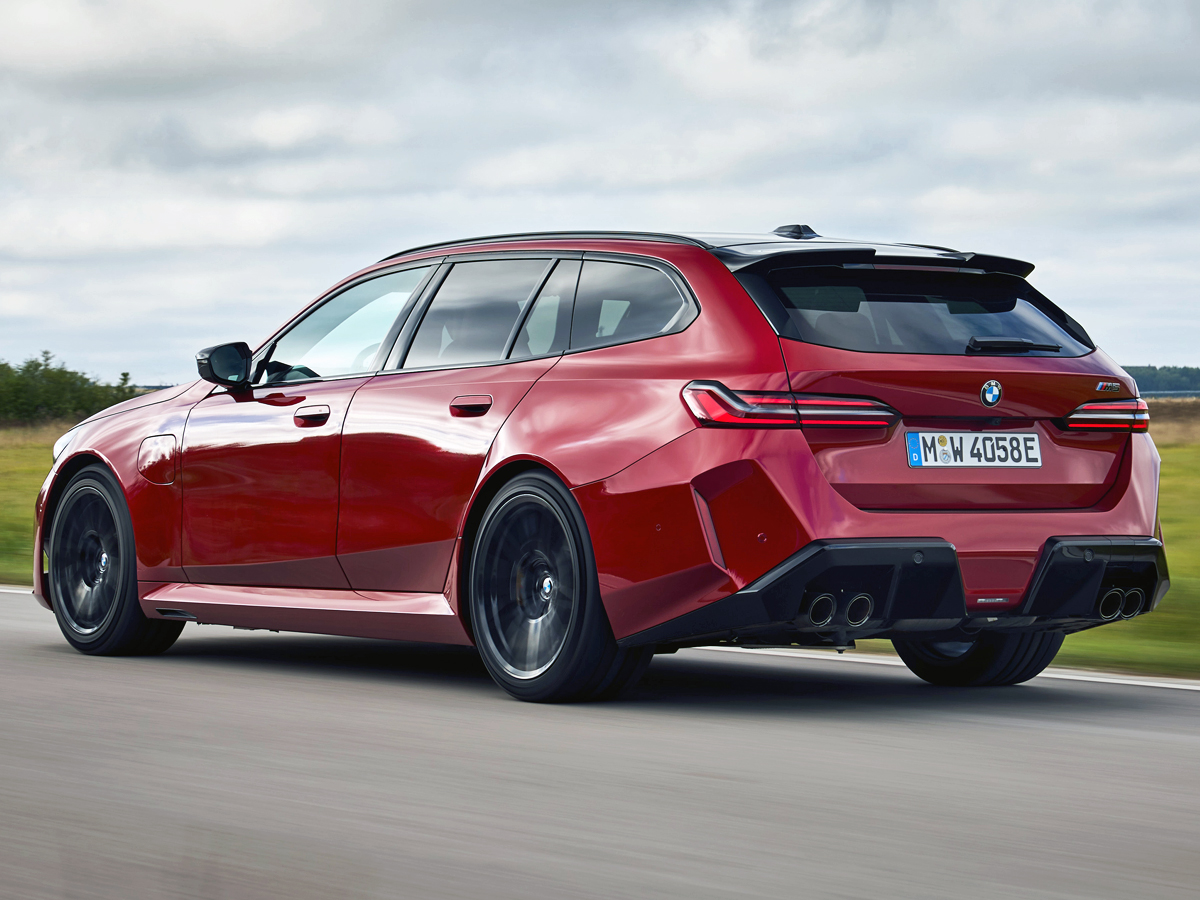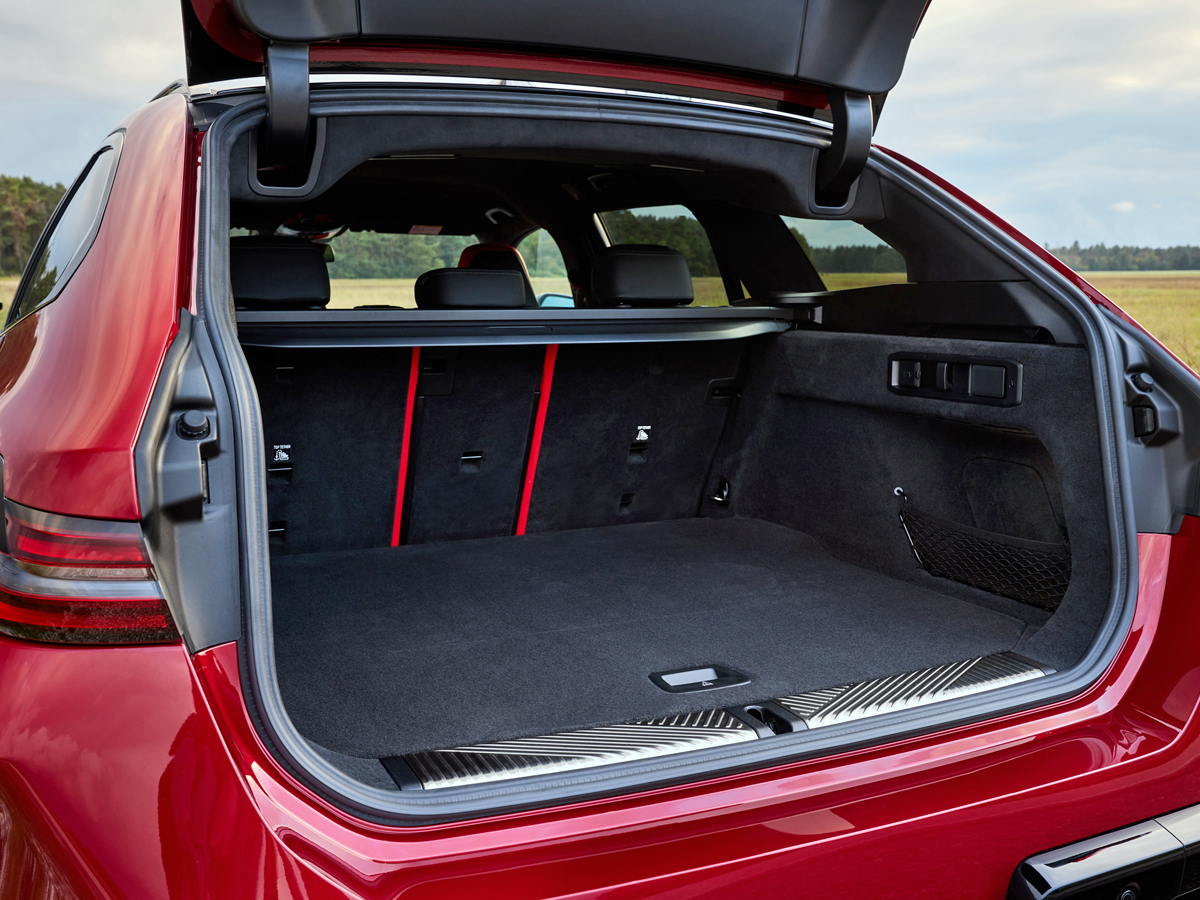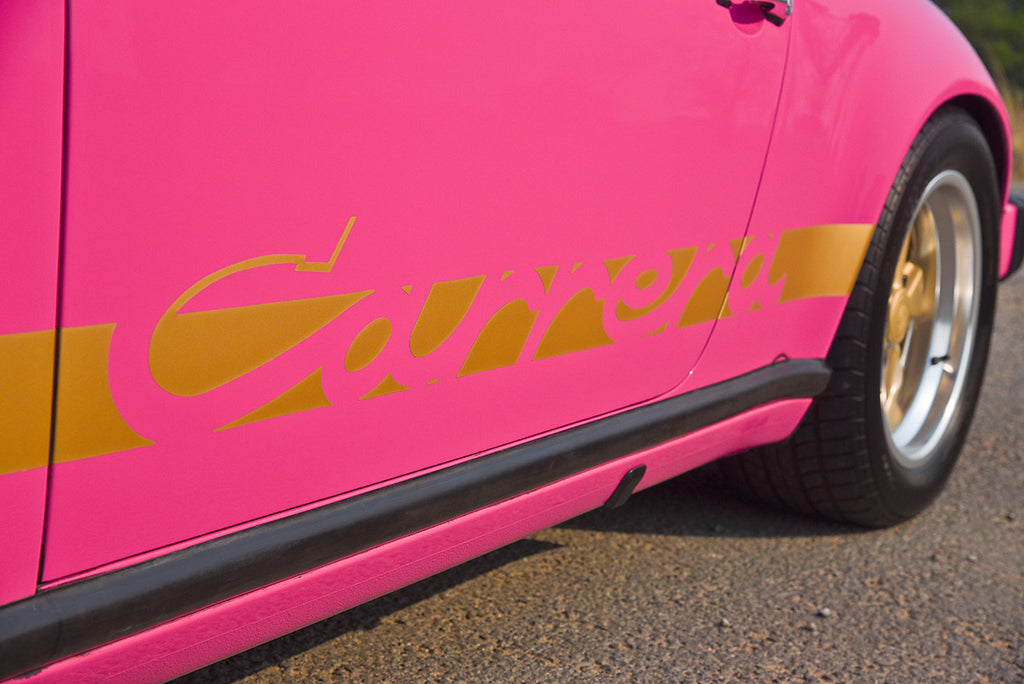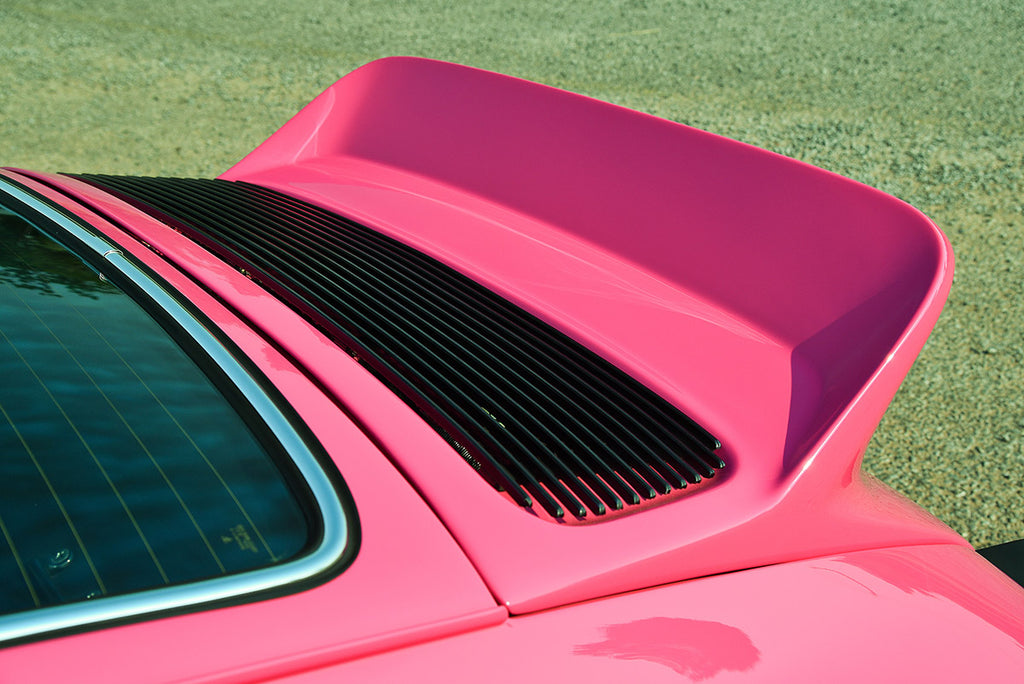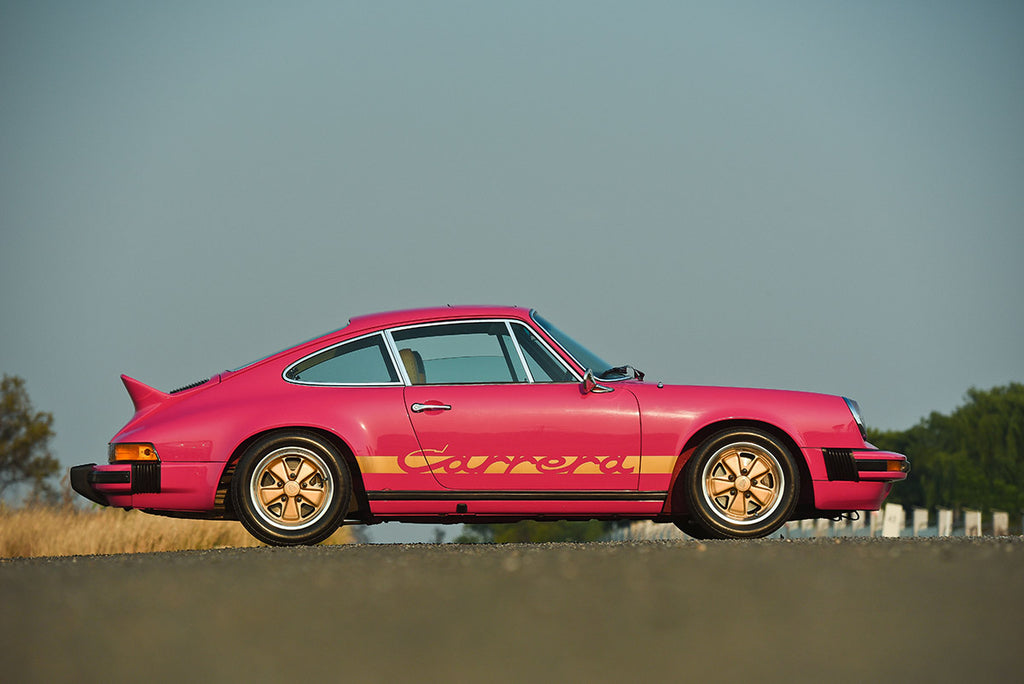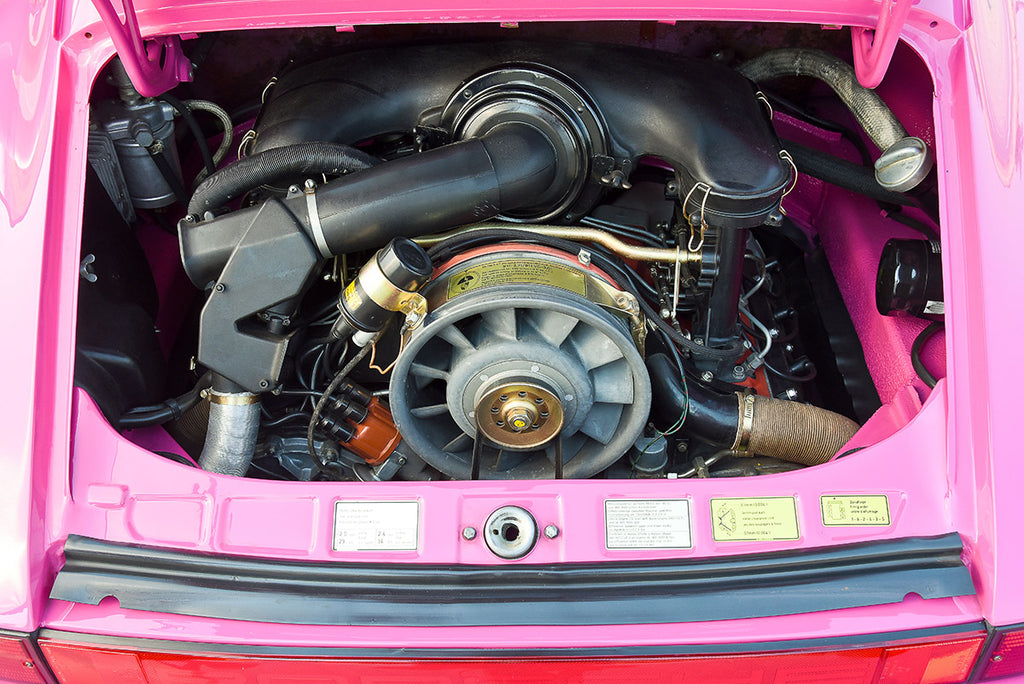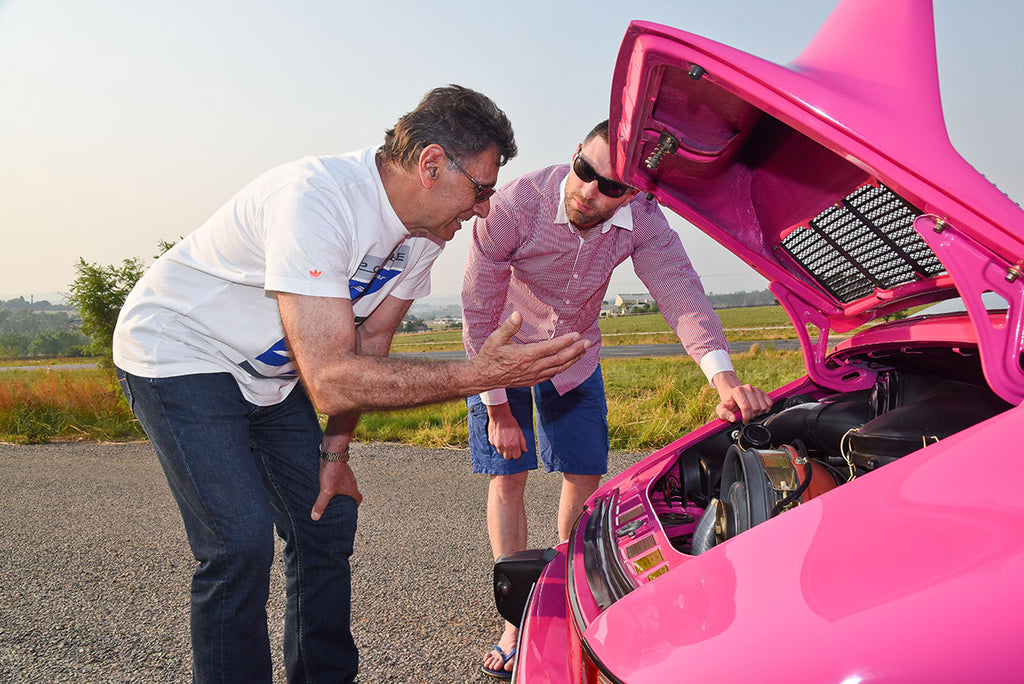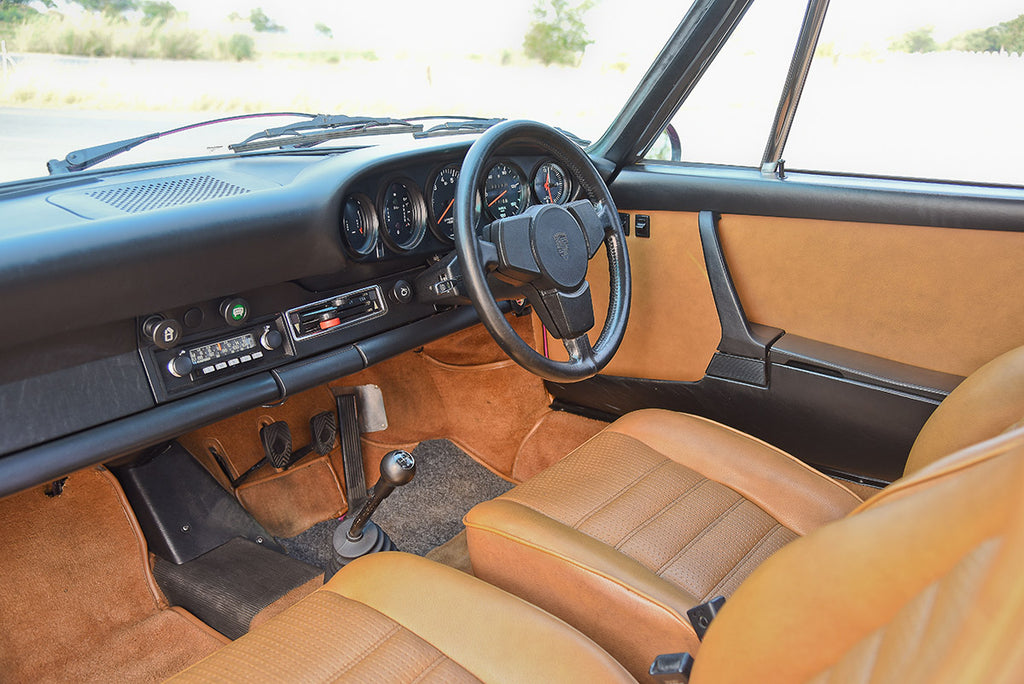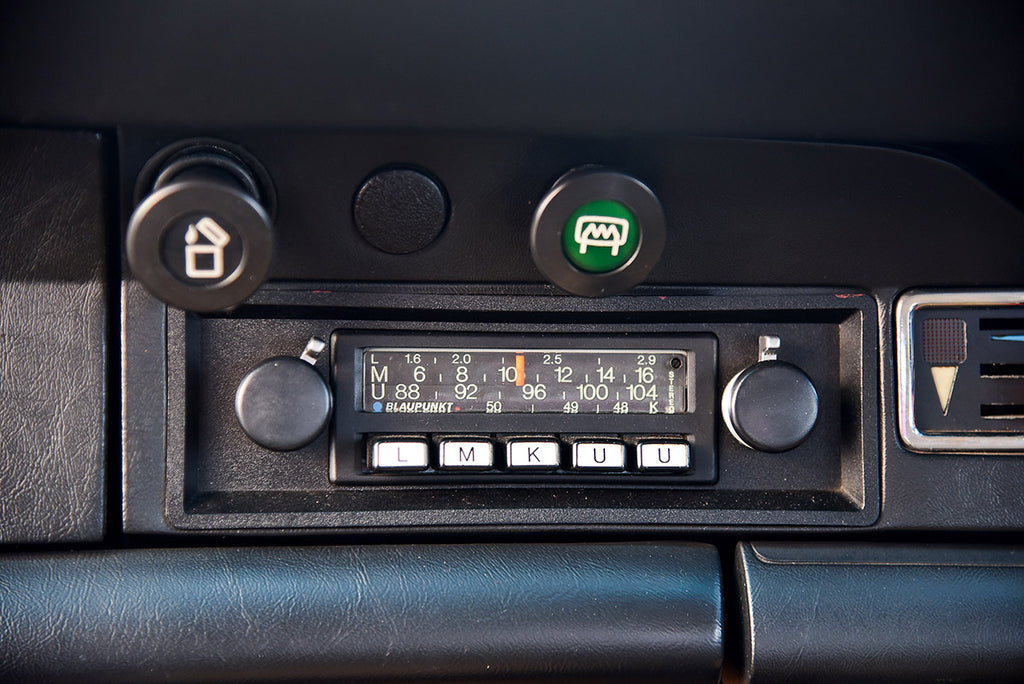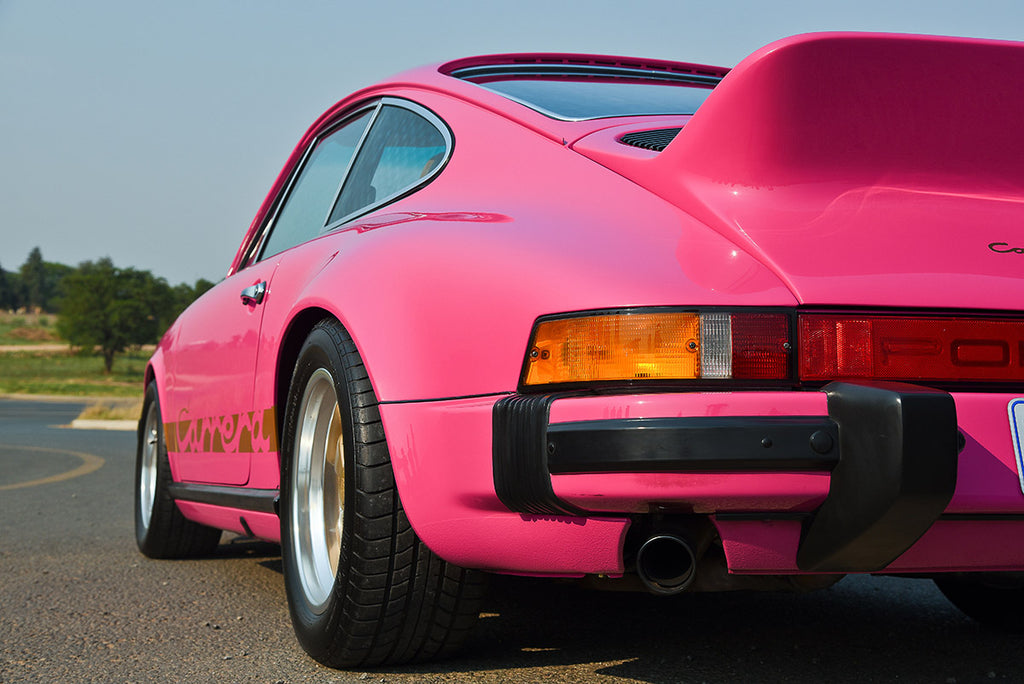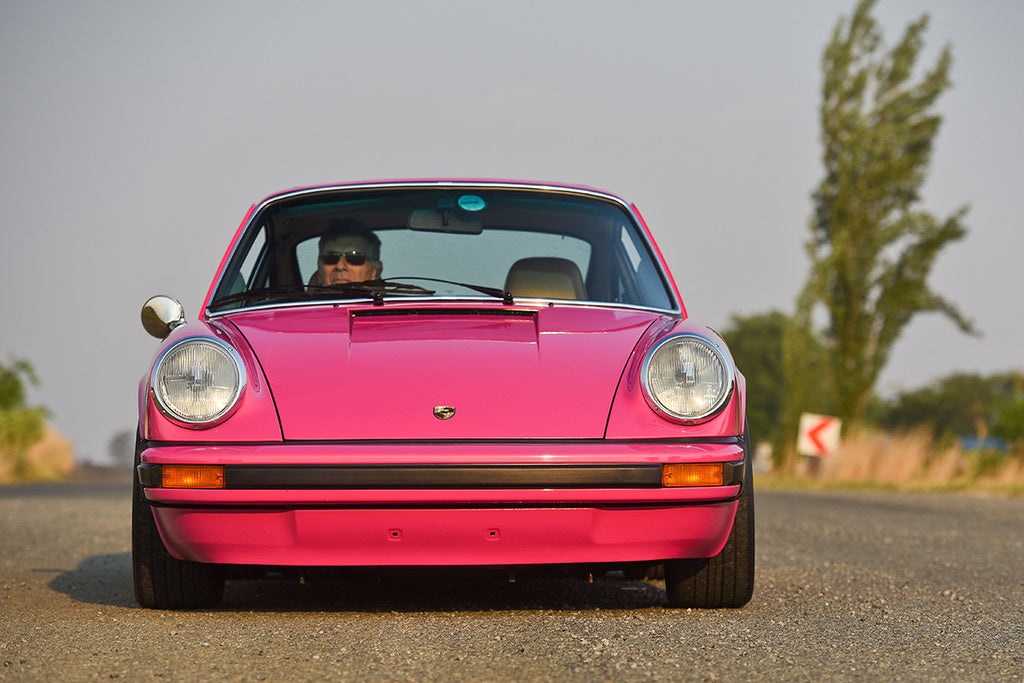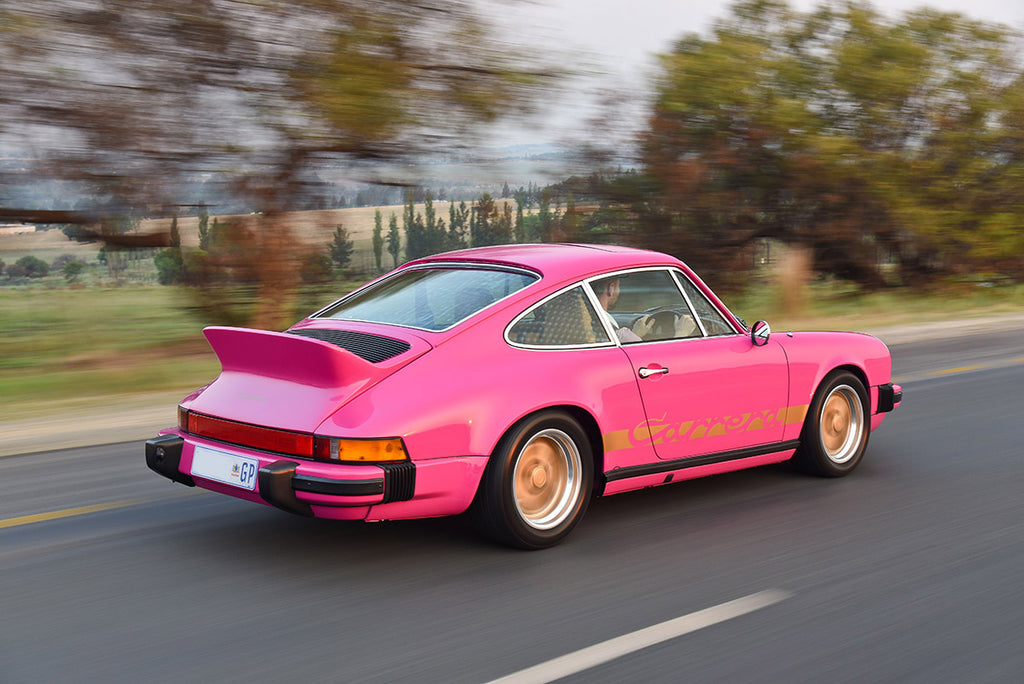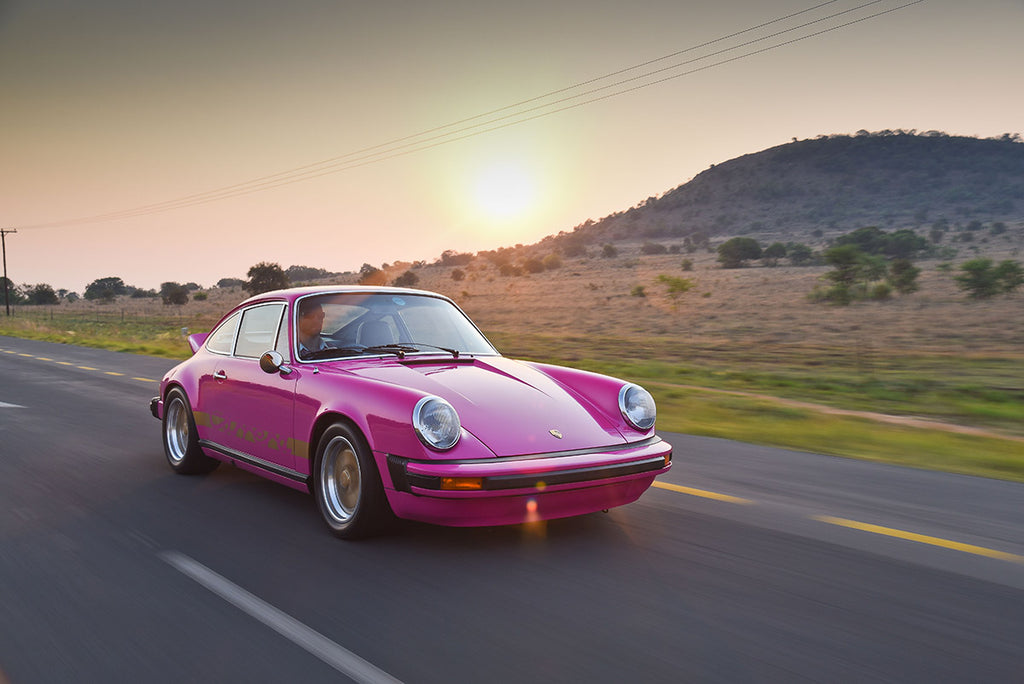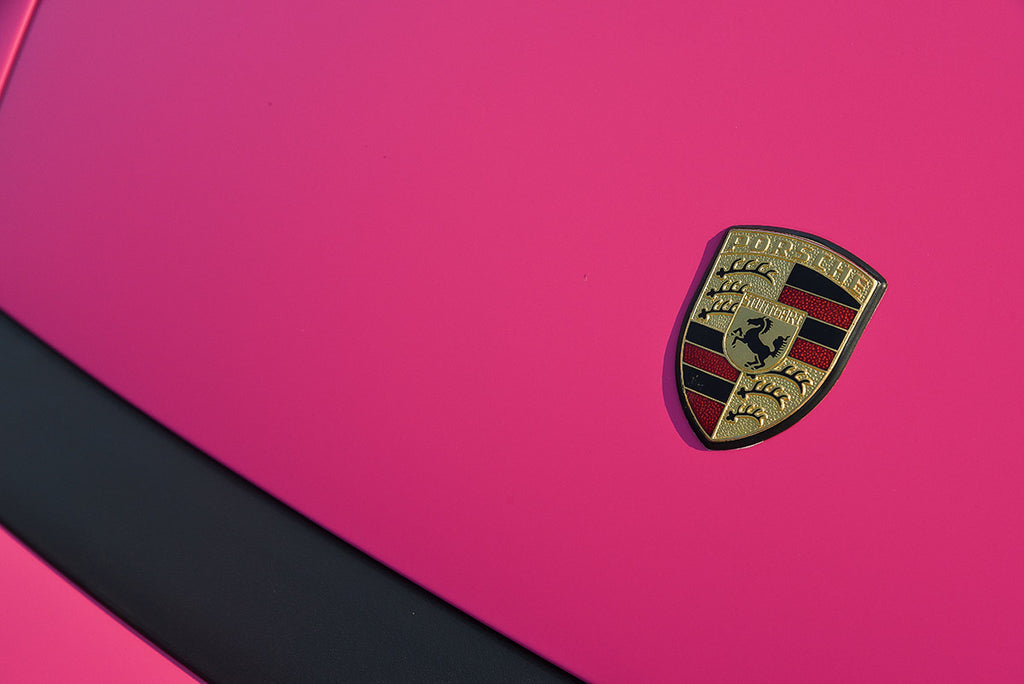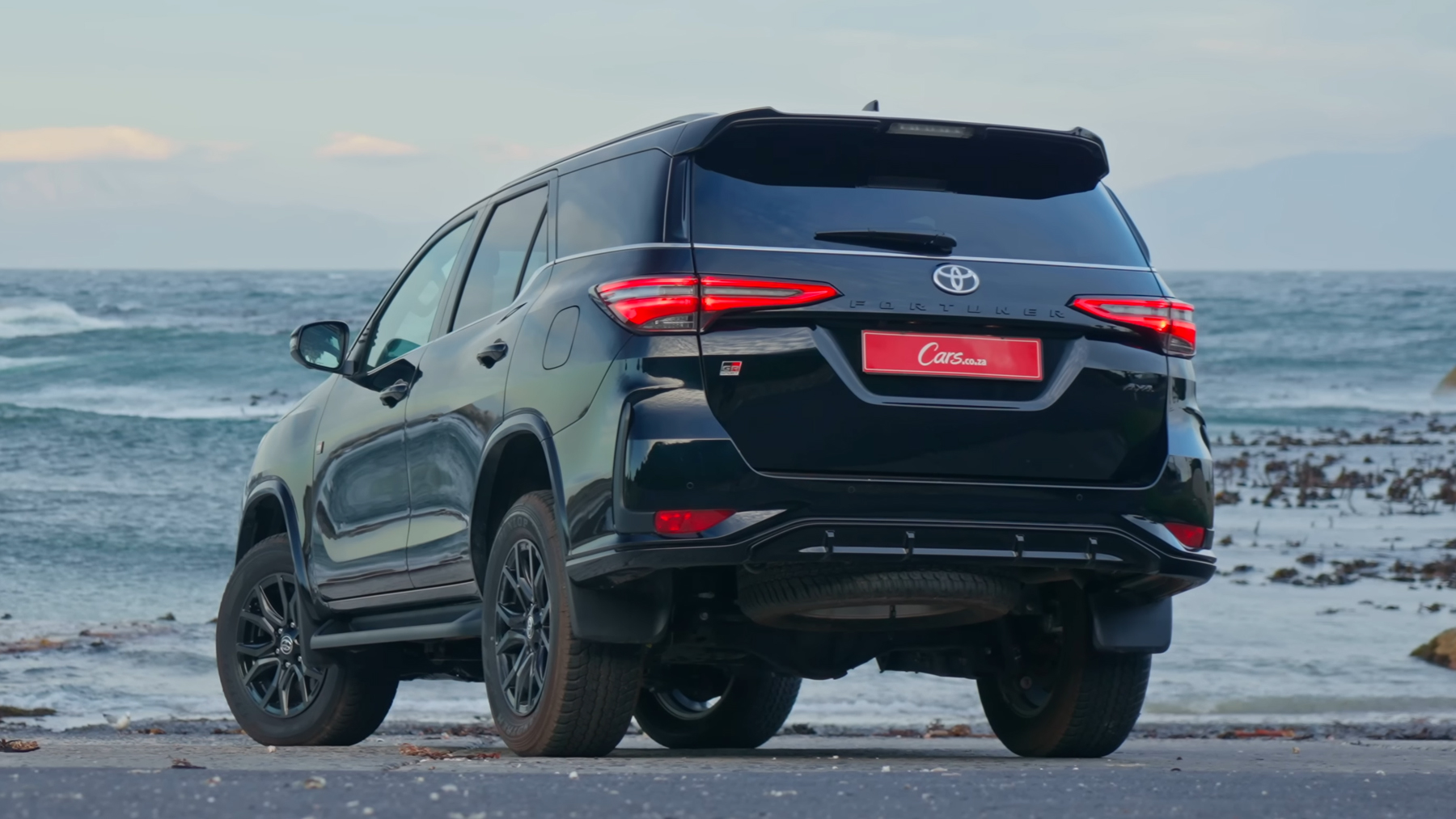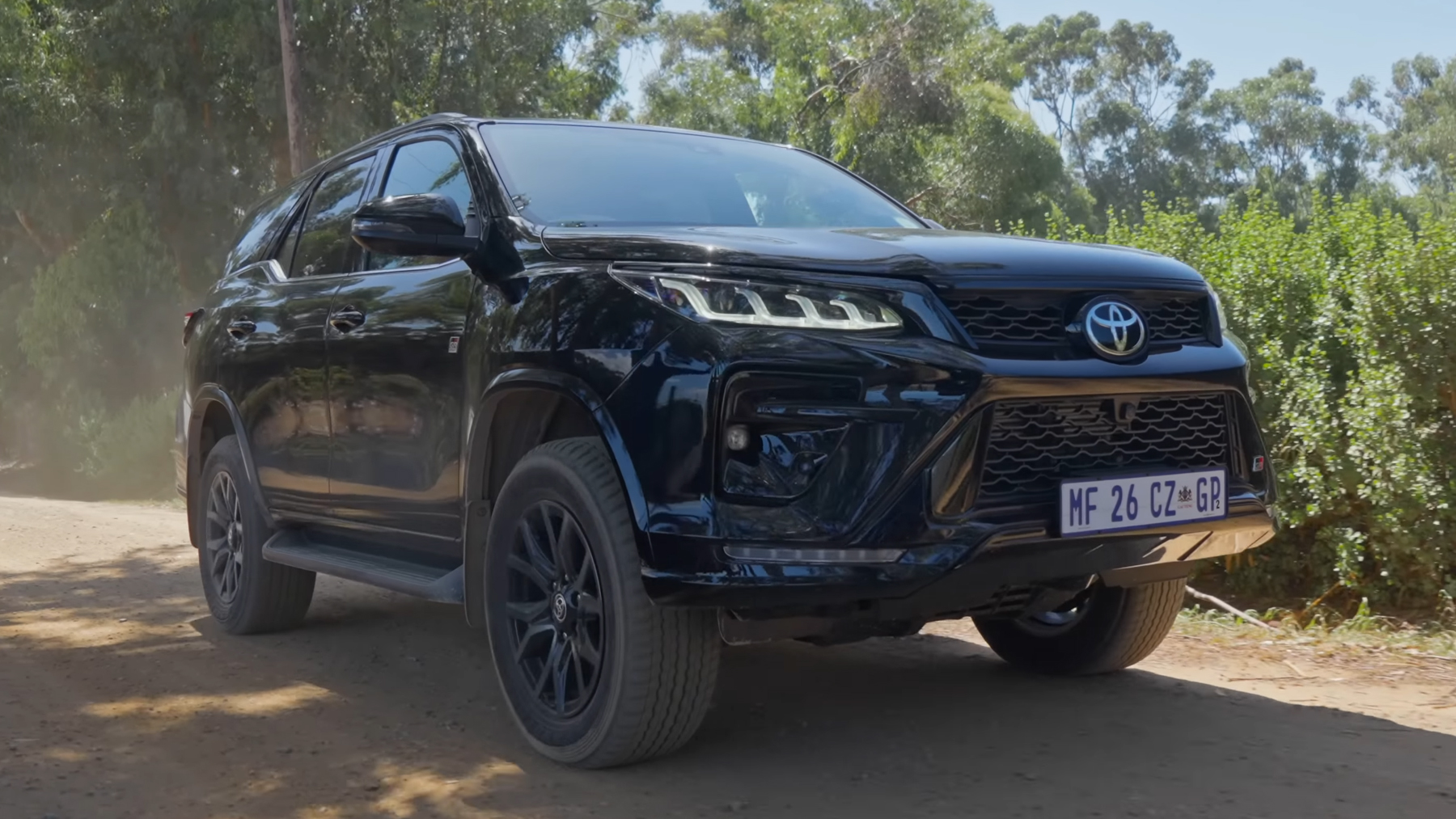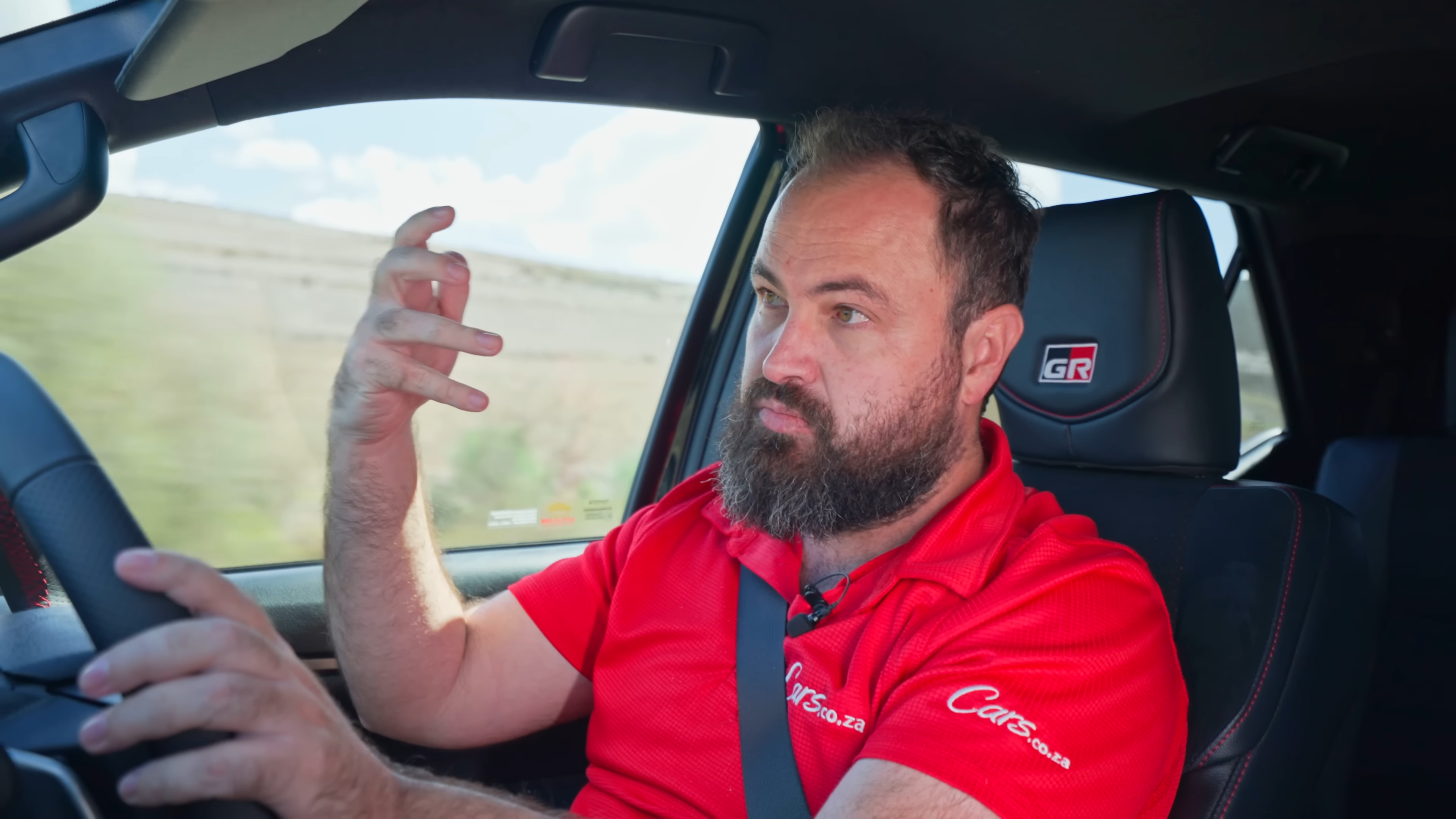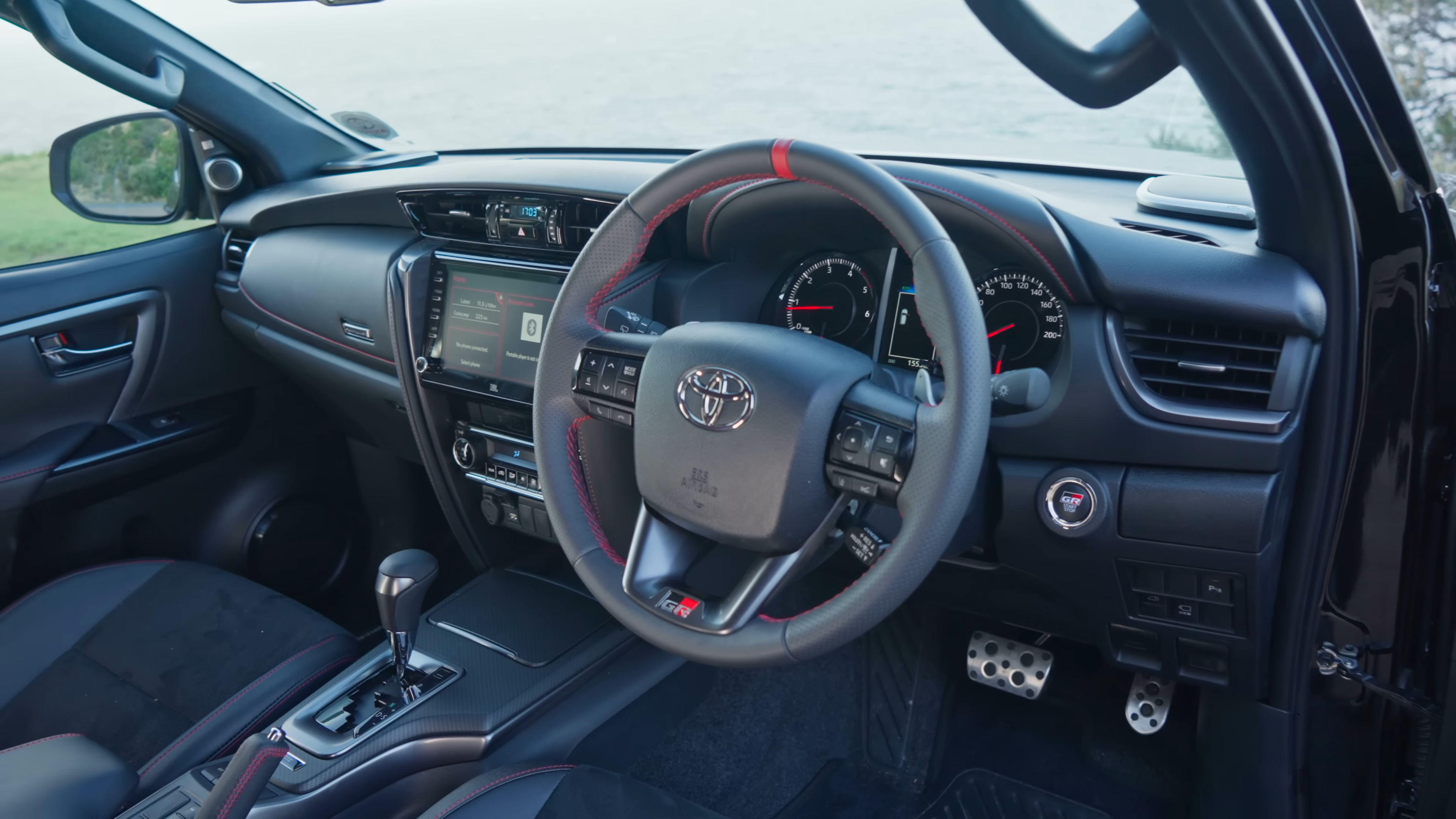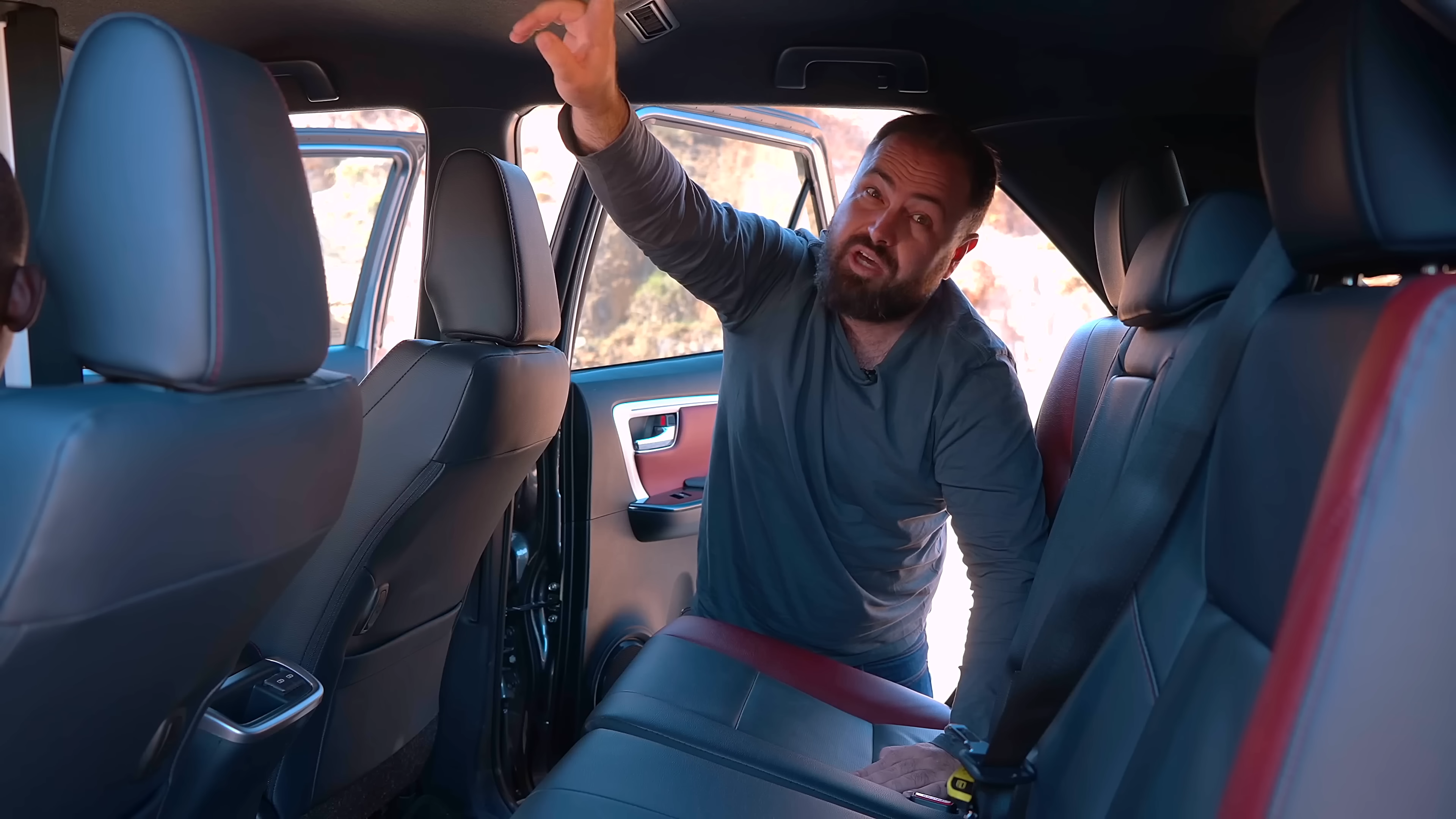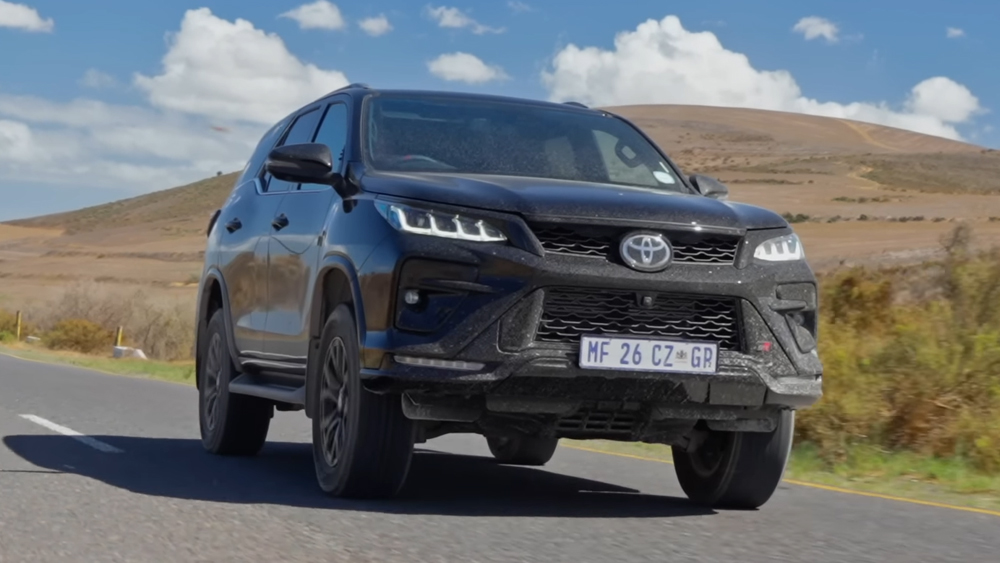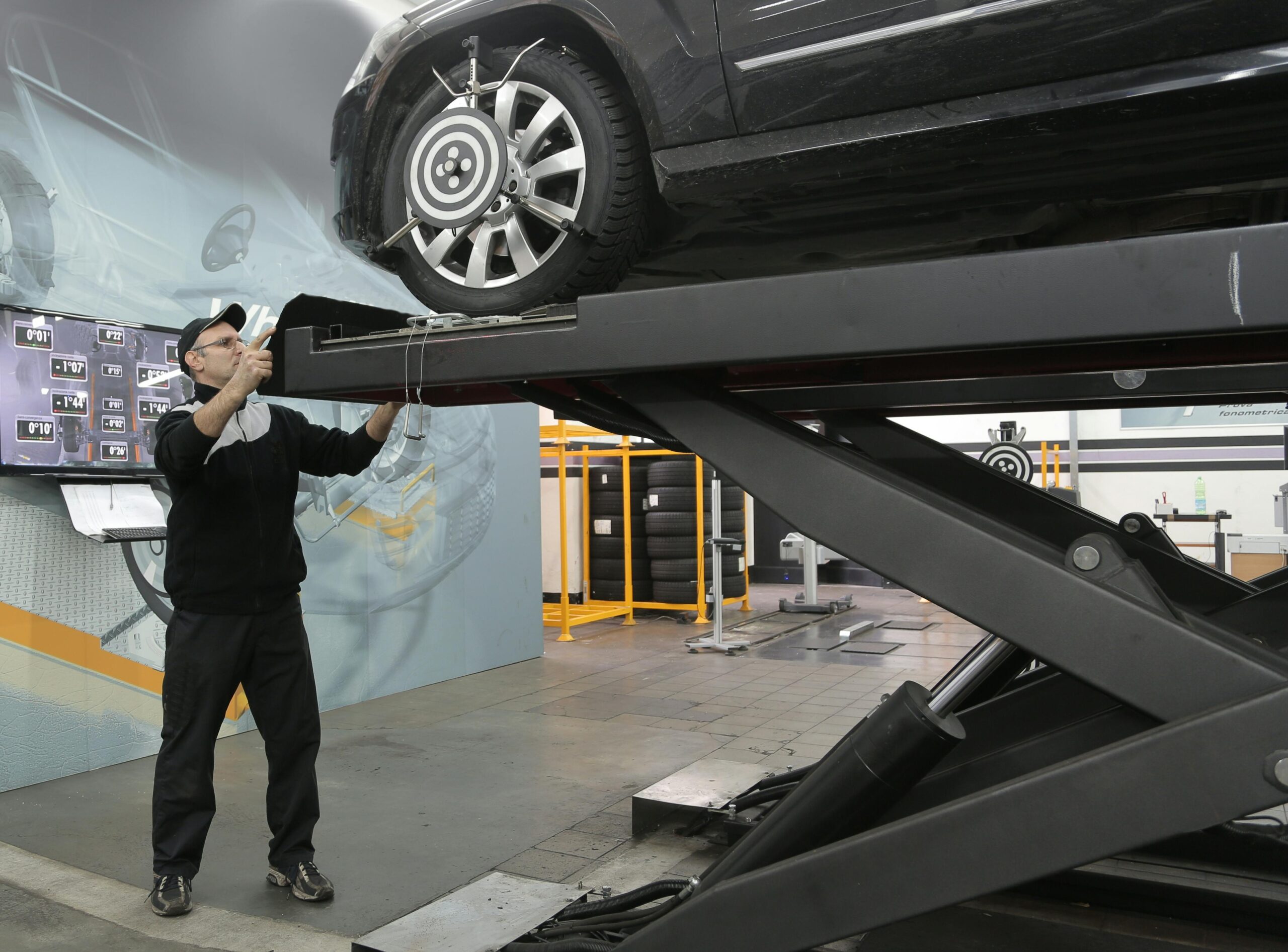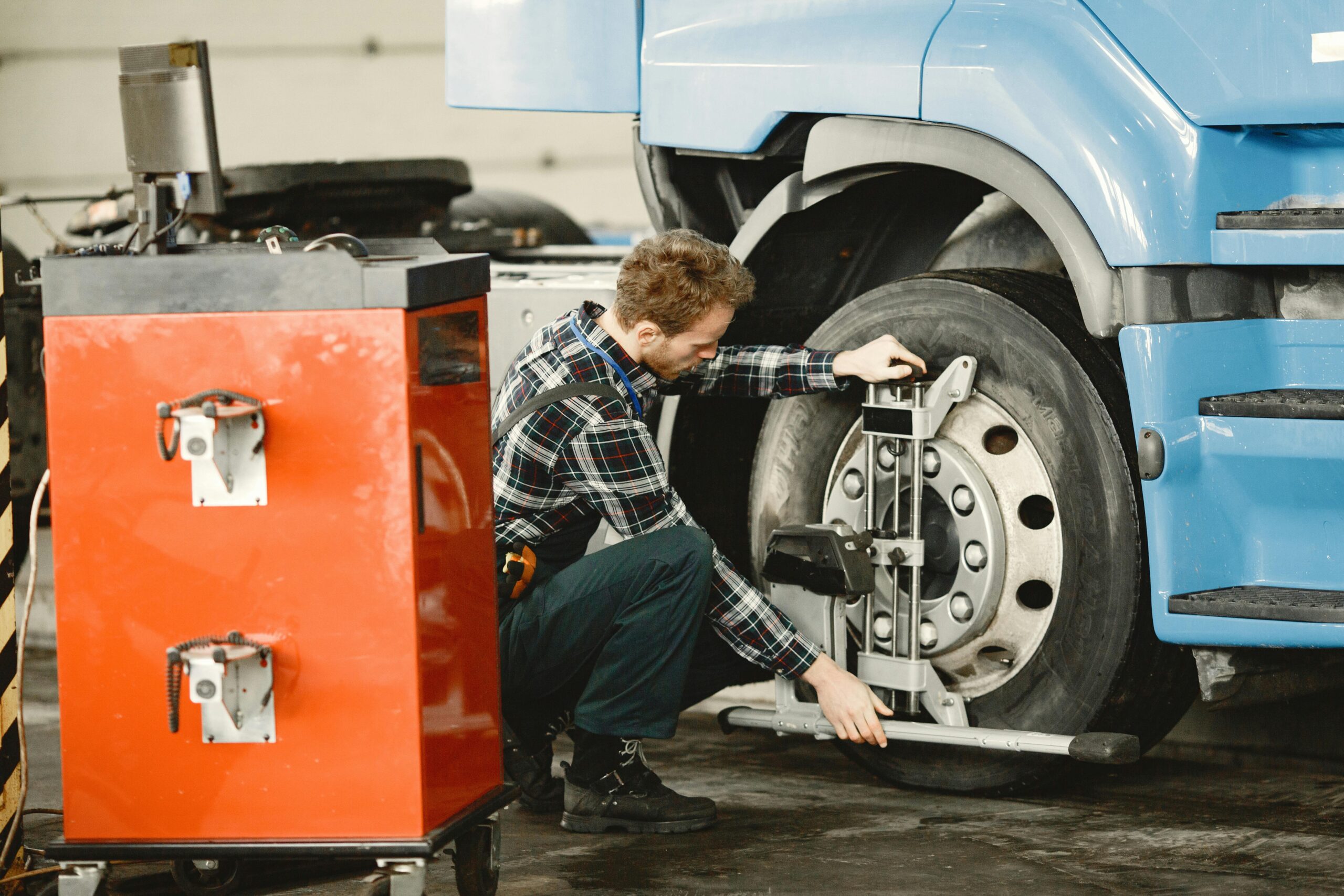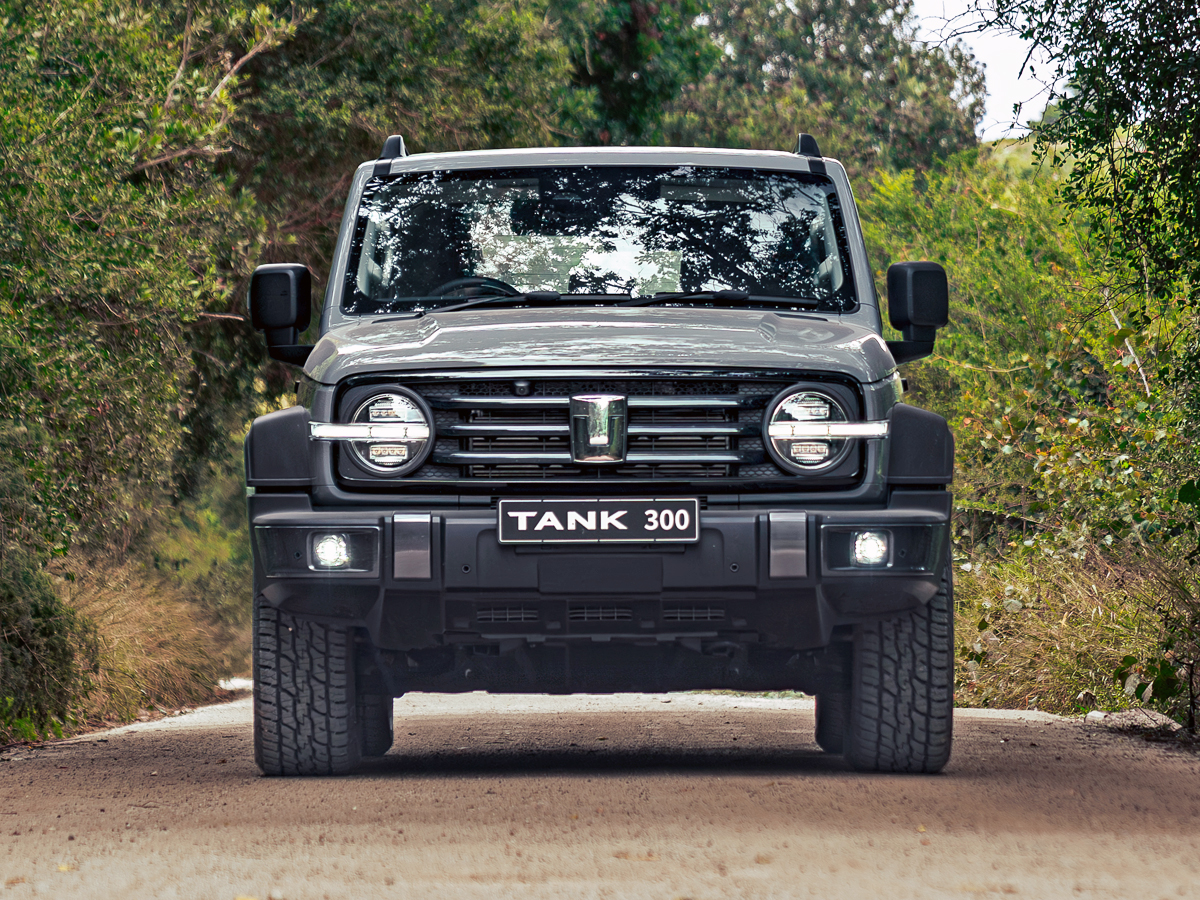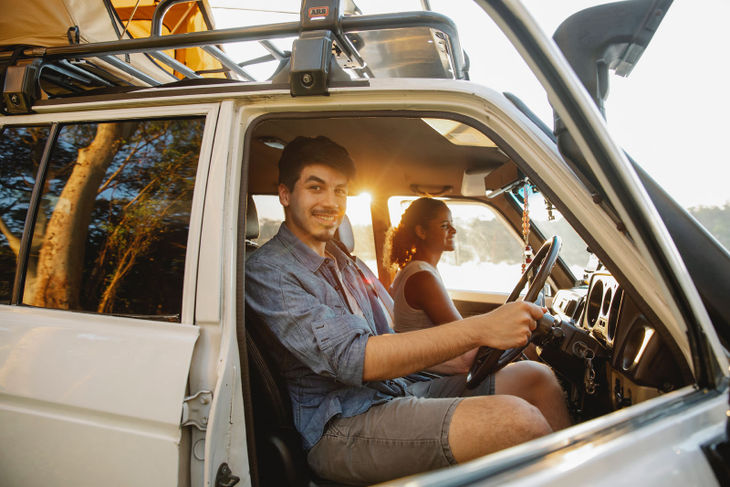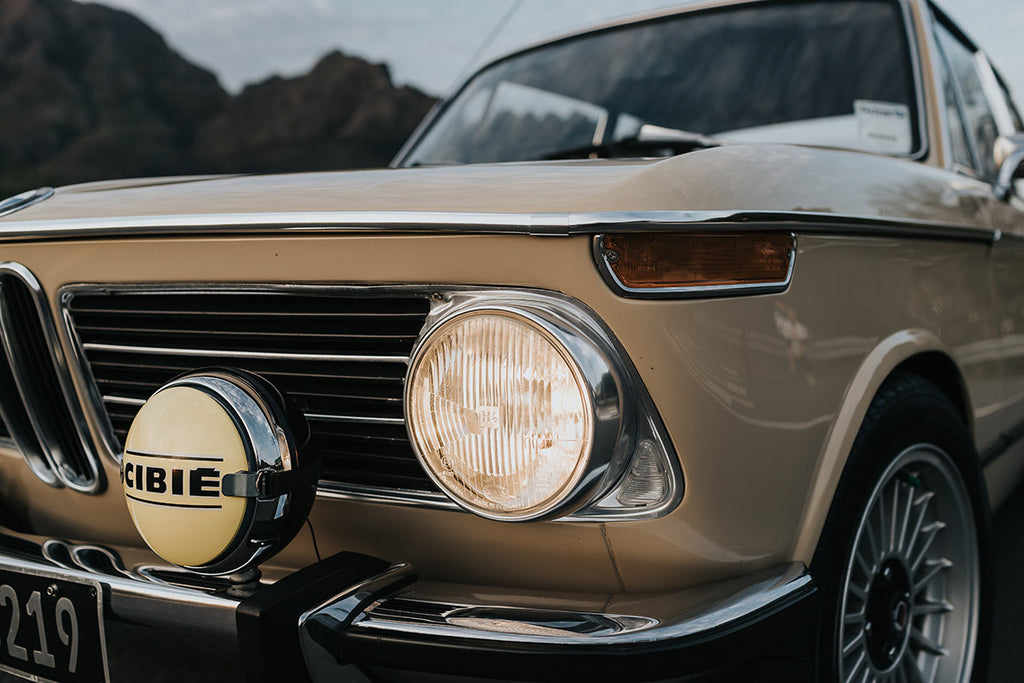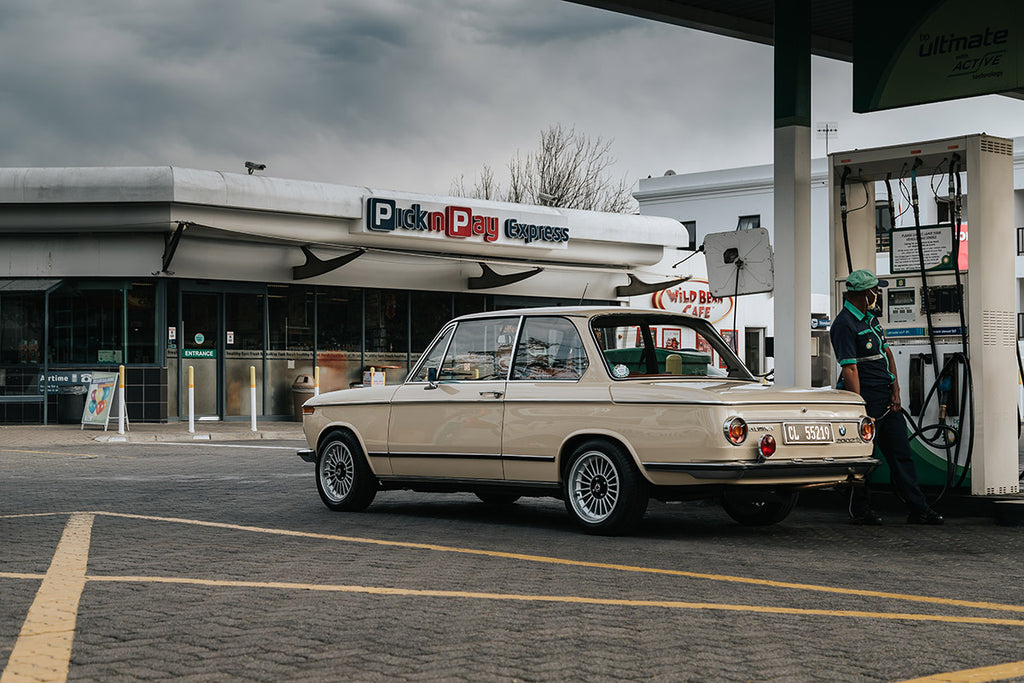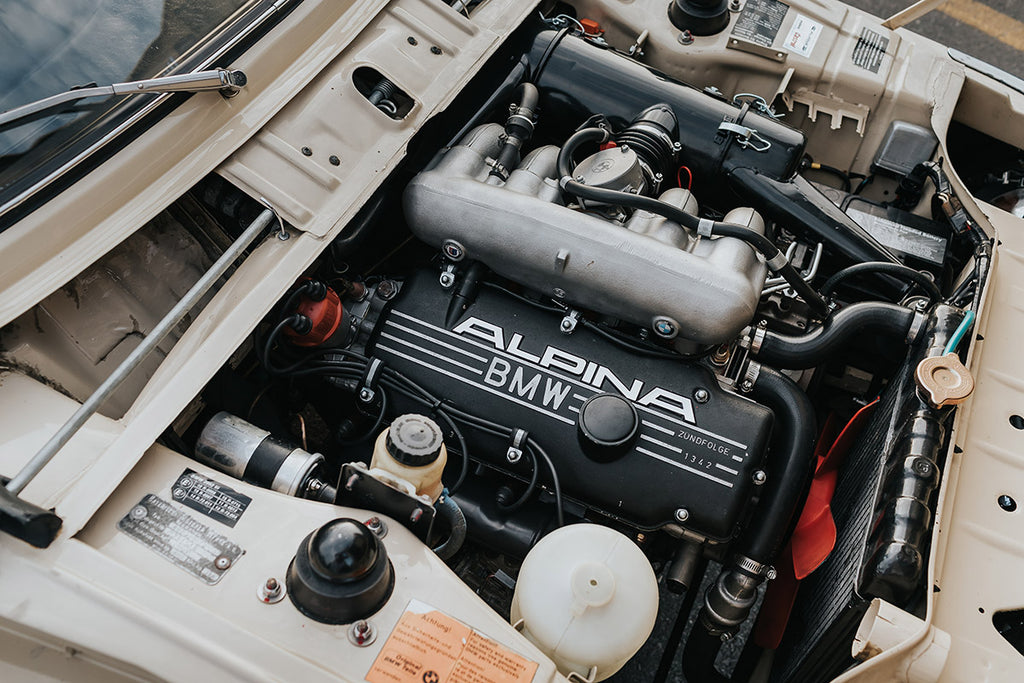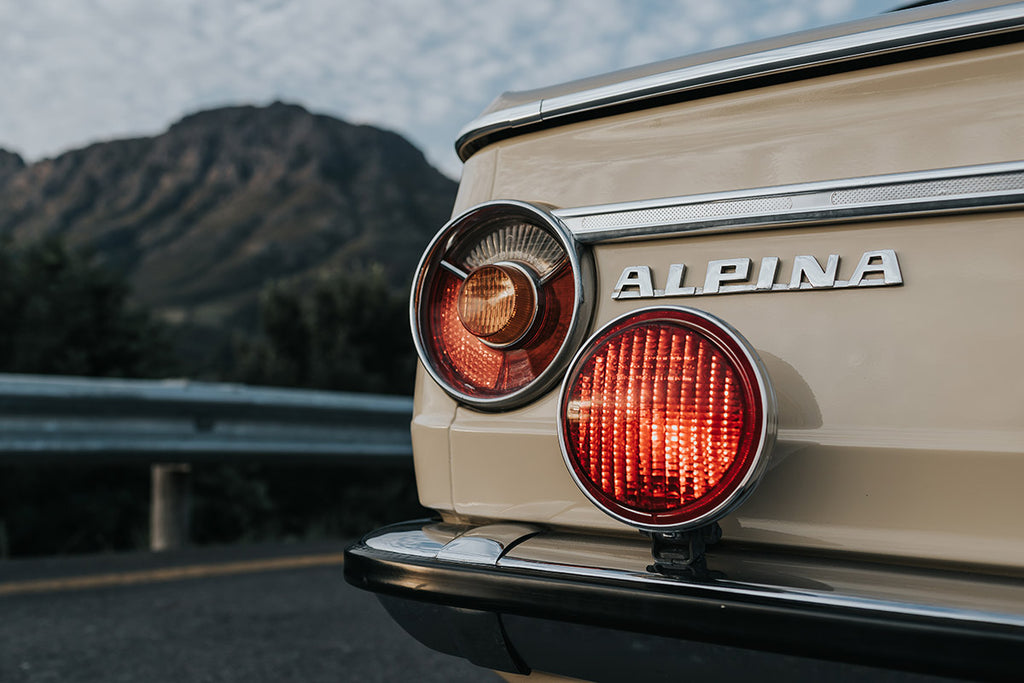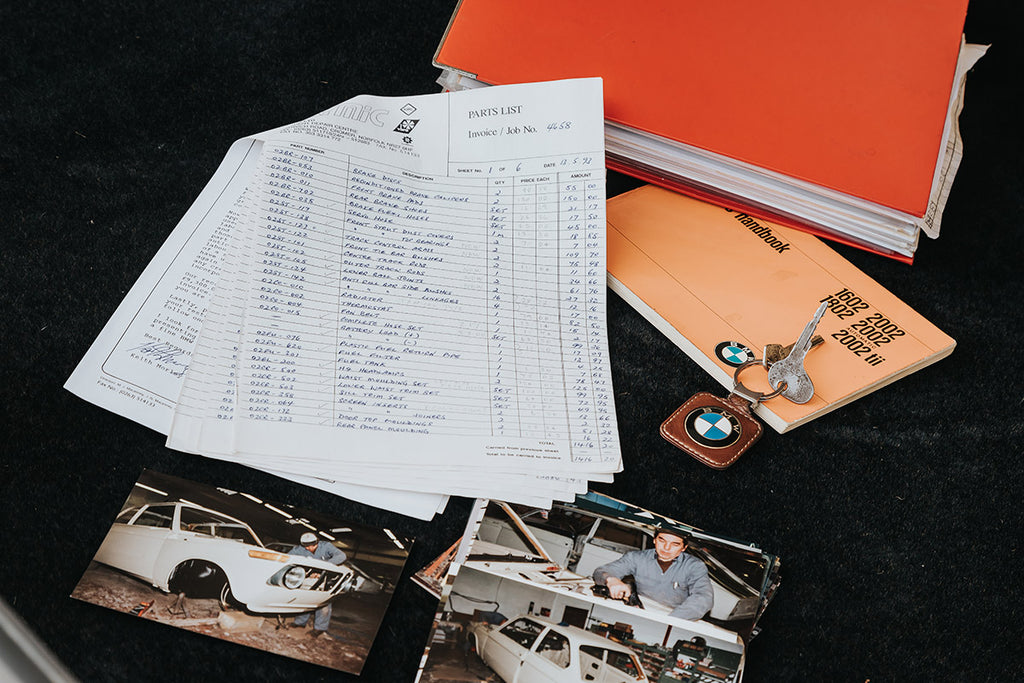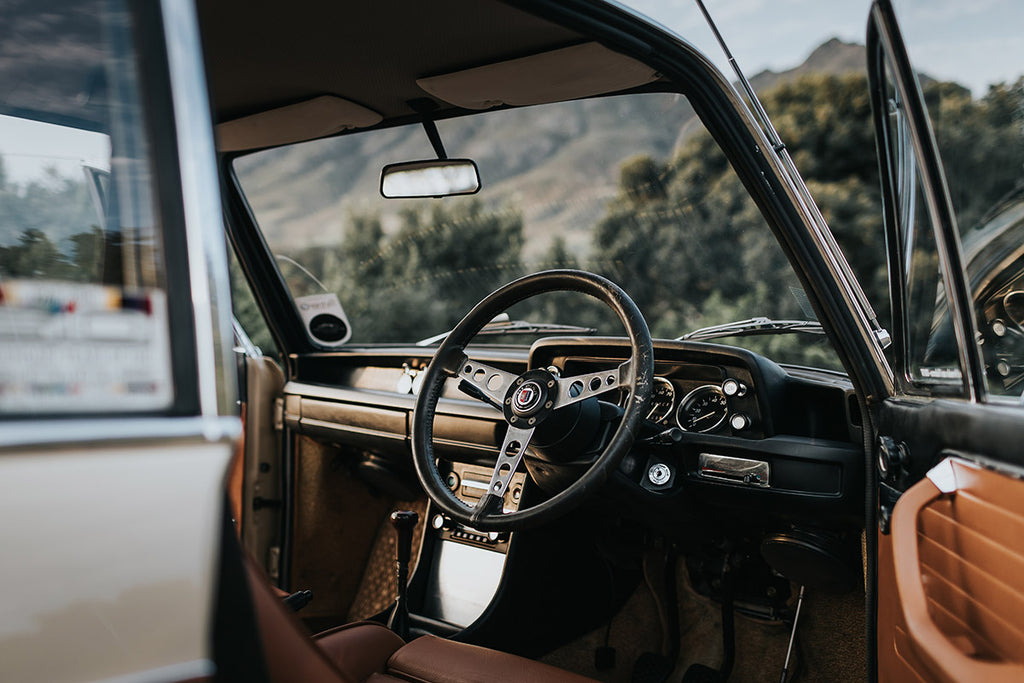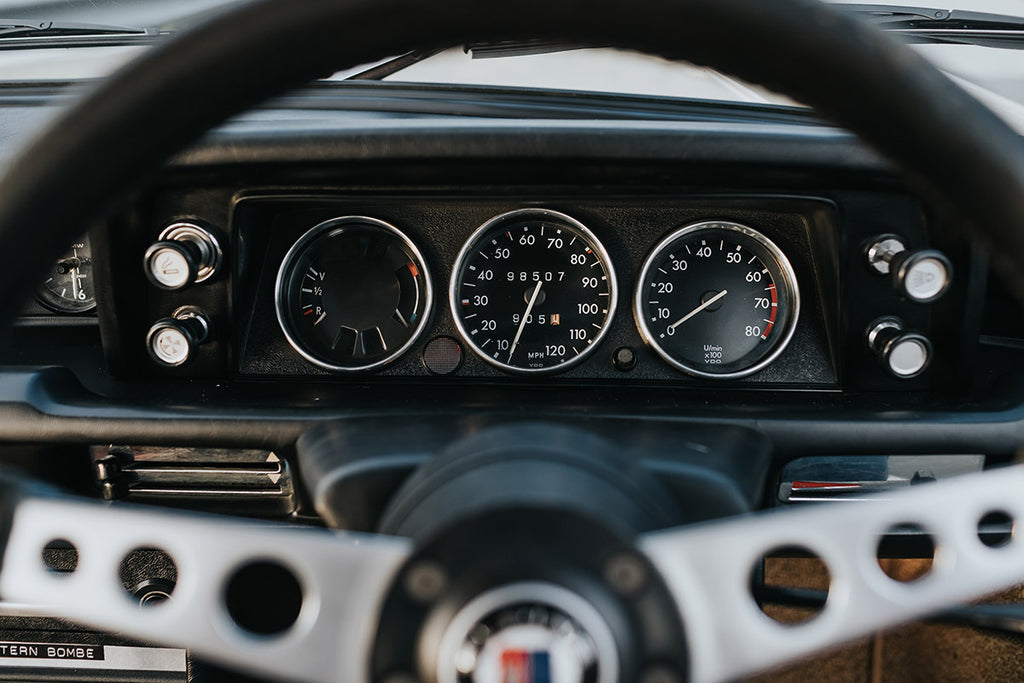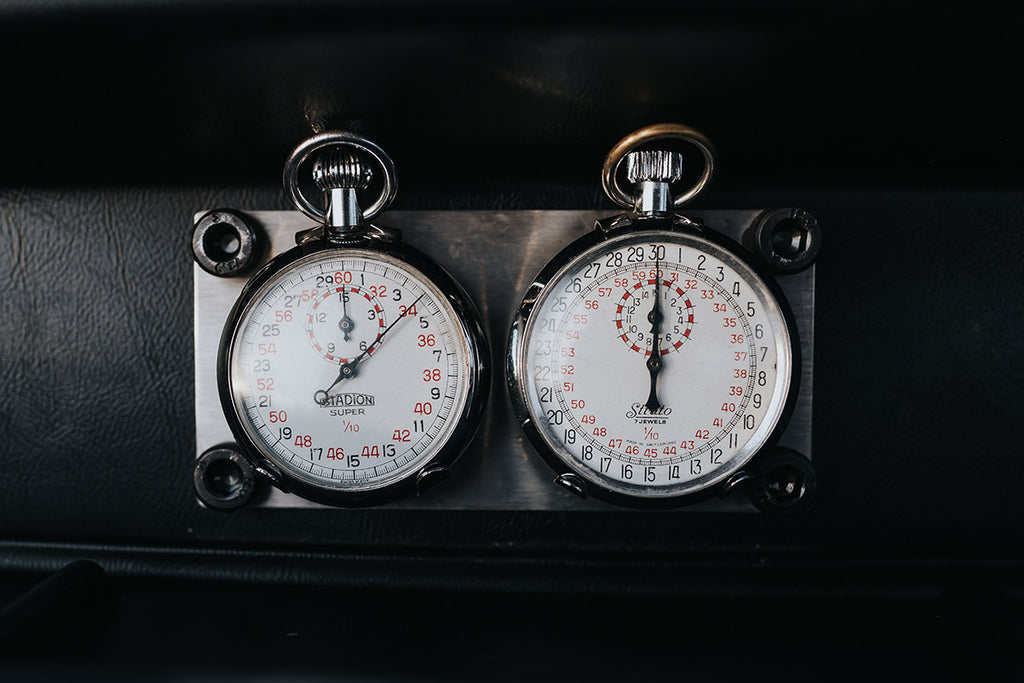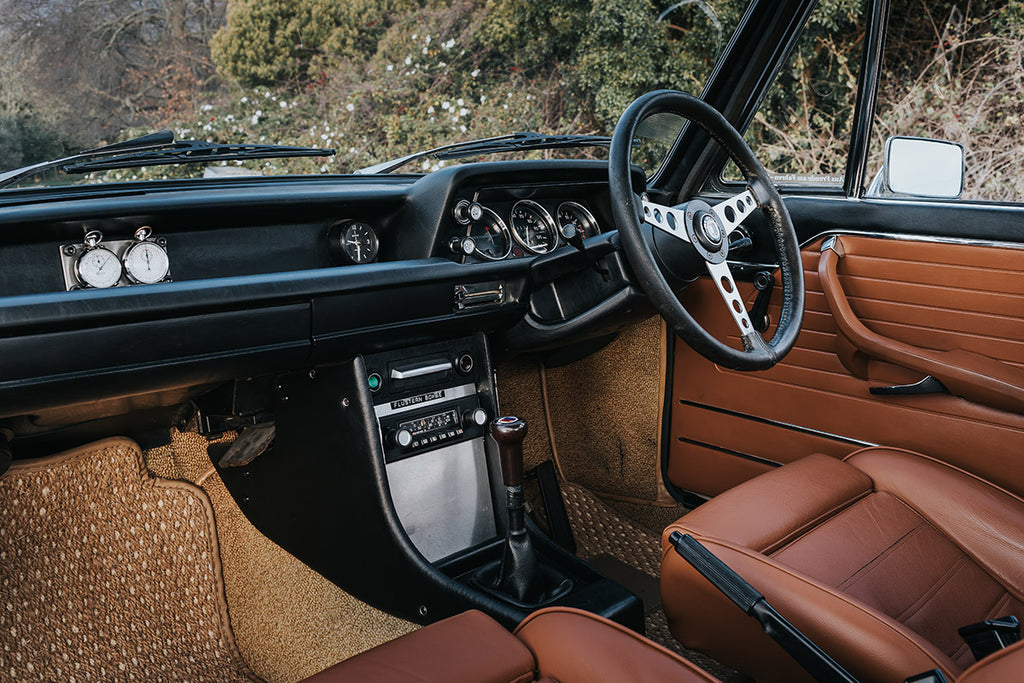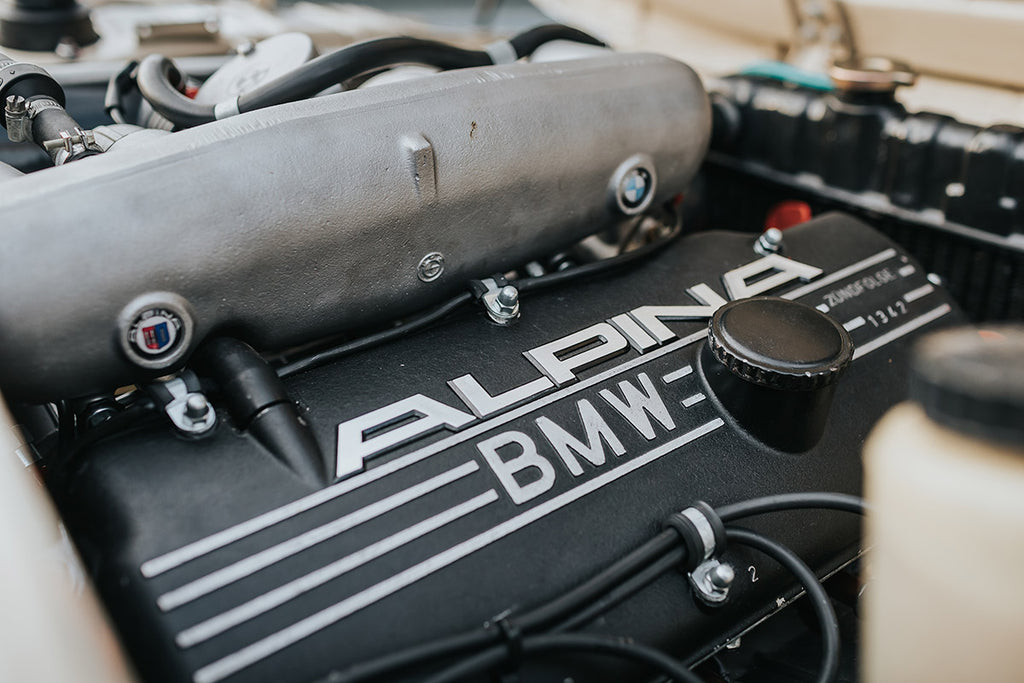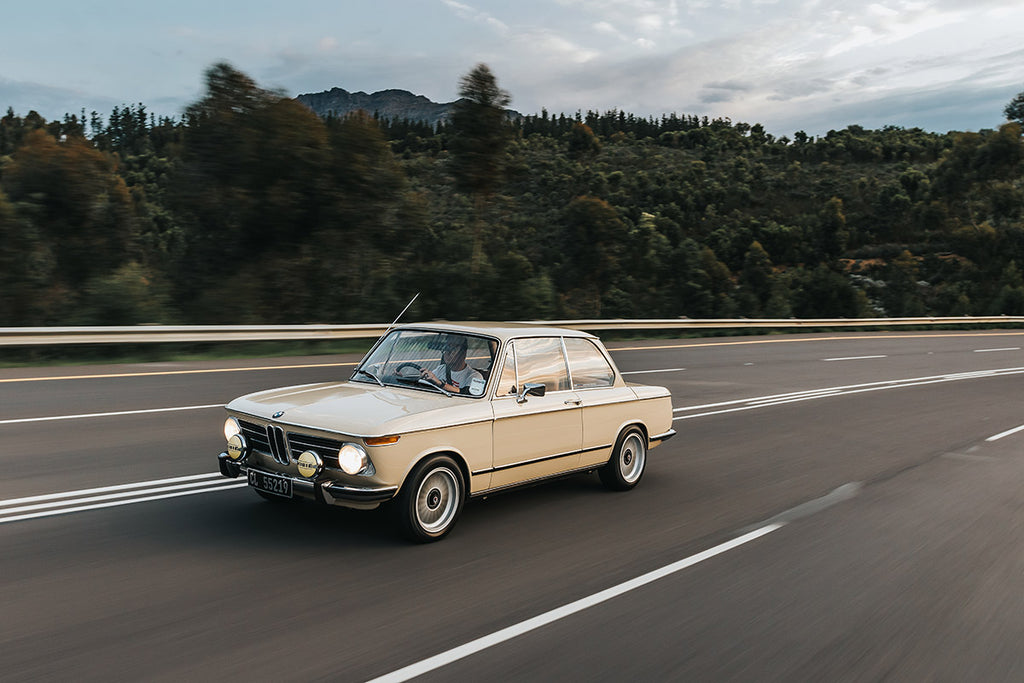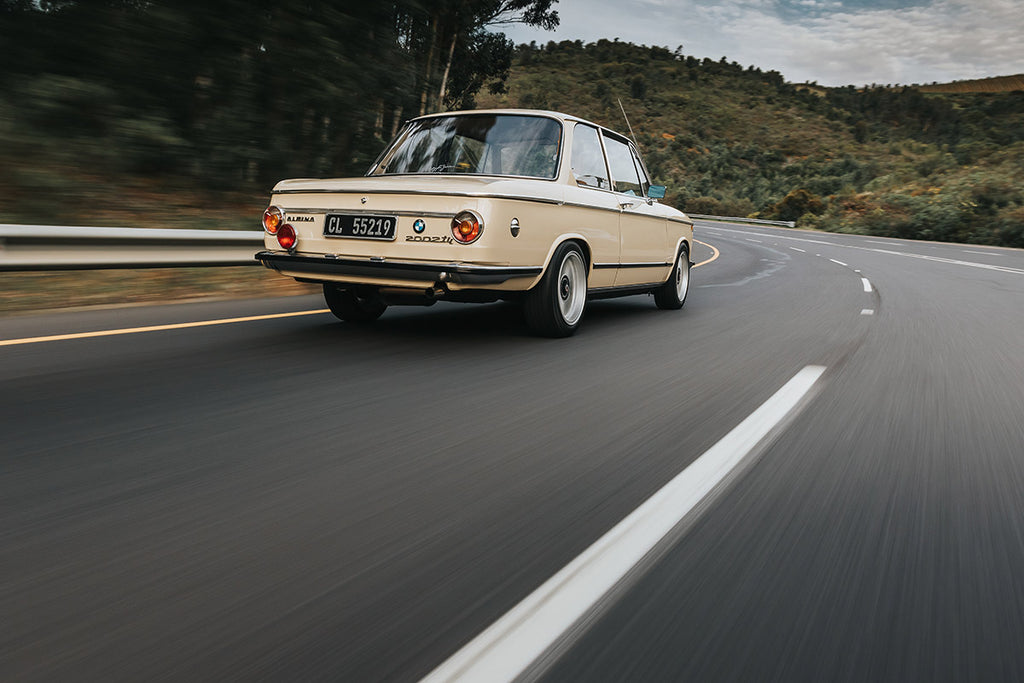Ferrari 458 Speciale Aperta: Classic Drive
We drive what could very well be Ferrari’s best naturally-aspirated, mid-engined machine – the 458 Speciale Aperta – on a scenic coastal road in the Western Cape.
Now that the sportscar world is well and truly in an era of forced induction and hybridisation, the hair-trigger responsiveness of free-revving, naturally-aspirated engines is dearly missed. As Ferrari‘s final non-turbocharged mid-engined V8-powered model, the 458 Speciale Aperta is virtually monolithic.
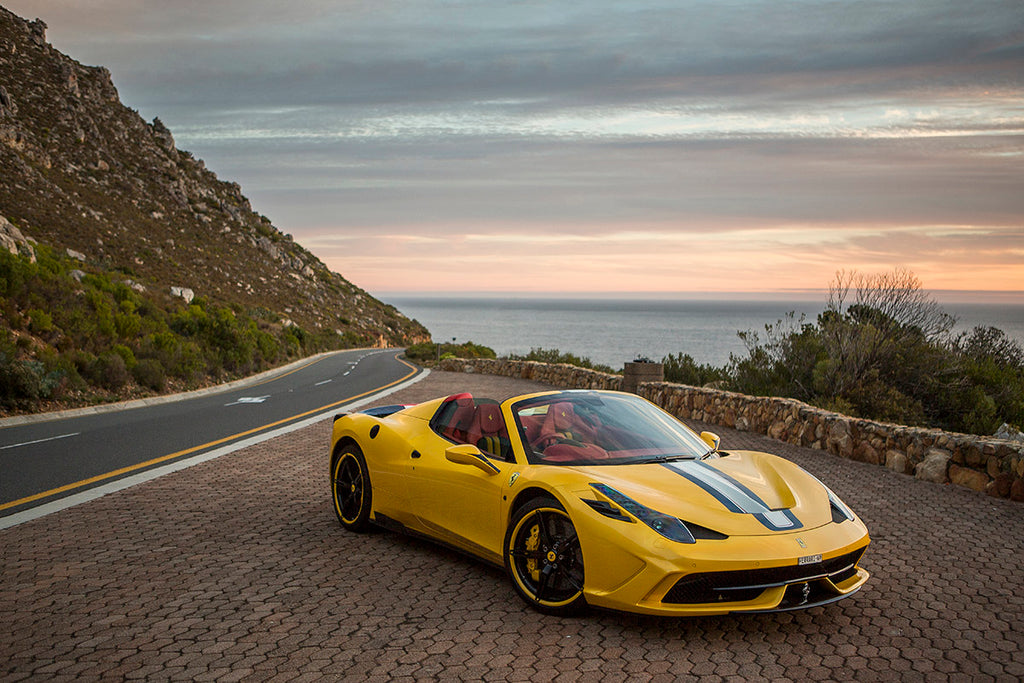
This is the very essence of the 458 Speciale Aperta (Aperta means open, or in this case, open-topped, in Italian). Unveiled in September 2014 at the Mondial de l’Automobile in Paris, only 499 examples were produced and sold exclusively to Ferrari’s most loyal clients.
The drop-top featured all the go-fast hardware from the closed-roof 458 Speciale, from active aerodynamics to Side Slip Control electronics, and was powered by an intoxicating 445 kW 4.5-litre V8 – honed by ex-Formula 1 engine guru Jean-Jacques His – that revved to a stratospheric 9 000 rpm.

Ferrari’s performance specifications make for interesting reading, too. The Maranello-based firm claims a 0-100 kph time of 3.0 sec for the 458 Speciale Aperta, which is the same as the 458 Speciale coupe, but a 0-200 kph time of 9.5 sec, which is 4 tenths slower. This is presumably due to the Aperta weighing 50 kg more, although Ferrari also claims an identical Fiorano lap time for the pair: 1:23.5.
The slightly less slippery 458 Speciale Aperta is said to hit a top speed of “only” 320 kph, versus its coupe sibling’s 325 kph. In reality, though, 4 tenths here or 5 kph there matter little when the car in question was developed with the lessons learned from winning Le Mans, Daytona, and Sebring, among many events. Very few manufacturers can draw such direct parallels between their road and race cars!
See also: Ferrari 458 Speciale vs 488 Pista: Classic Comparison

One-of-a-kind spec
This Ferrari is not a “typical” Speciale Aperta, however. For a start, it’s a rare right-hand-drive version, and while it wears the Giallo Modena Triplo Strato livery with a central stripe in Blu NART and Bianco Avus of the Paris Show car, this was only the starting point for a very specific look its owner had in mind.
This Aperta’s distinctive exterior (“I chose the 3-colour paint scheme because I wanted it to be the only 1 of that spec in South Africa,” says the owner) is paralleled by its interior treatment. Bright red leather covers the dashboard, steering wheel, tops of the door panels, rear bulkhead, and roll-hoop area.
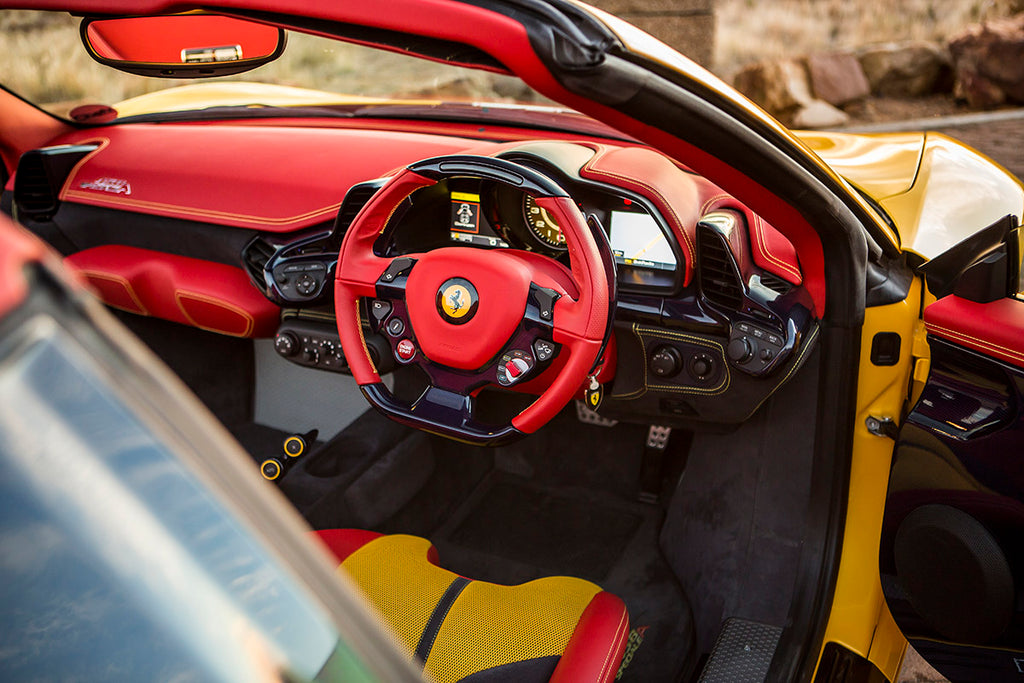
The seats are covered in 3 different materials: Alcantara, leather, and 3D fabric, each in a specific colour (red, dark grey, and yellow, respectively). Yellow stitching is used everywhere, while matching yellow rings wrap the buttons nestled in the carbon-fibre tower rising to the left of the driver’s seat.
While the show car featured blue carbon fibre on the door panels and central tunnel, which also made their way onto this car, Ferrari wasn’t sure whether it could deliver this much-desired material in any other areas on the production version. (Today, availability is much improved.) Due to these and other decisions, the owner had to be patient and wait longer than usual for his 458 Speciale Aperta to be built.

As a result, this Speciale Aperta was one of the last 458s to be built; in fact, its assembly number reveals that it was produced after the first 488 GTB (which succeeded the 458) had rolled off the production line. It’s rumoured that this car might have been “the very last 458“, although Ferrari won’t confirm this.
Specifications
- Model: Ferrari 458 Speciale Aperta
- Engine: 4.5-litre, V8, petrol
- Power: 445 kW at 9 000rpm
- Torque: 540 Nm at 6 000rpm
- Transmission: 7-speed dual-clutch
- Kerb weight: 1 445 kg
- 0-100kph: 3.0 sec (claimed)
- Top speed: 320 kph (claimed)
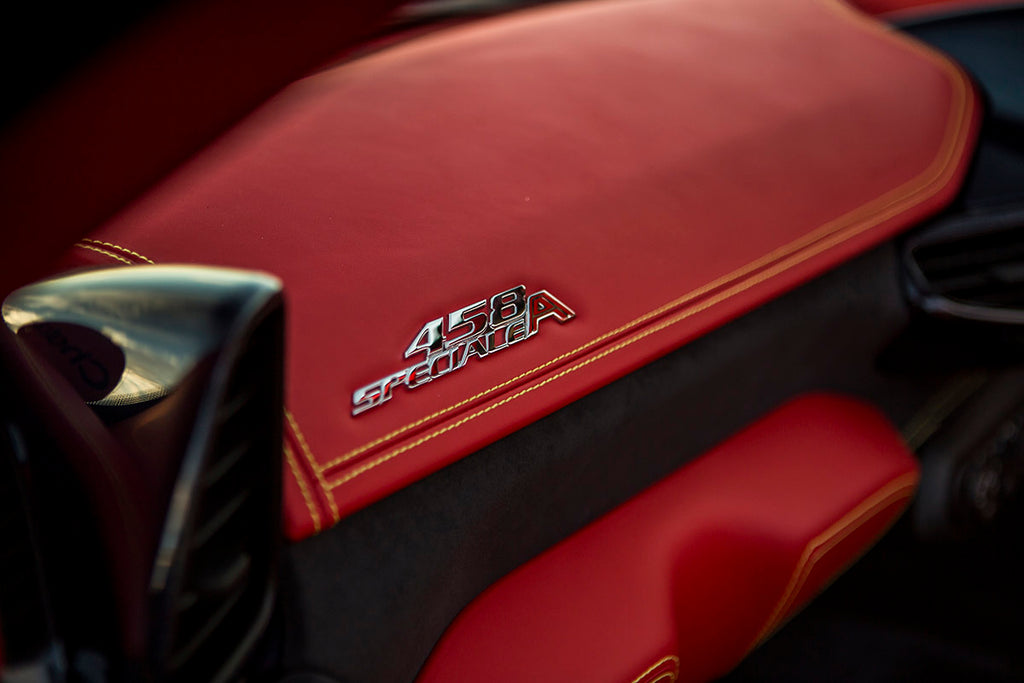
The owner wasn’t done when the car finally arrived in South Africa in April 2016. He promptly handed it over to Race!, a Johannesburg company that specialises in custom design, performance, tuning, and paint, which fitted a blue carbon-fibre aero kit from Novitec Rosso. Race! also painted the wheels and added other small details, including the blue carbon-fibre fuel cap. So, this is truly a 1-of-a-kind Ferrari!
Fortunately, while all of the owner’s cars are meticulously maintained, paint-protected, and pampered, he does, however, enjoy them properly.
“I’ve driven this car and my F12tdf at Kyalami and they’re both magnificent,” he says. “The 458 is less intimidating than the more powerful F12tdf. The latter is great to drive on and off track, but you can play with the Speciale Aperta more on track, while the F12tdf commands more respect at the limit.”
See also: Ferrari F12tdf vs 365 GTB/4 Daytona: Classic Comparison

What is the 458 Speciale Aperta like to drive?
He’s also kind enough to let me experience the “Speciale A” from behind its tiller. So, with the Ferrari‘s key fob in hand, I get into its driver’s seat and take my time to appreciate the colourful interior.
The weather is perfect, so I press the button to lower the folding hard top, a process that takes 14 sec. Then I press the red Start button on the steering wheel, and the V8 barks into life. As I edge onto the road, the steering wheel – delightfully trimmed in carbon fibre and leather – feels perfect in my hands.
There’s little initially that reveals the true nature of the car. On this smooth road, it feels comfortable; there’s almost no scuttle shake, and the damping is wonderfully pliant. I short-shift through the 1st 4 gears and discover that, even at these sedate speeds, the accelerator pedal is very sensitive to inputs.
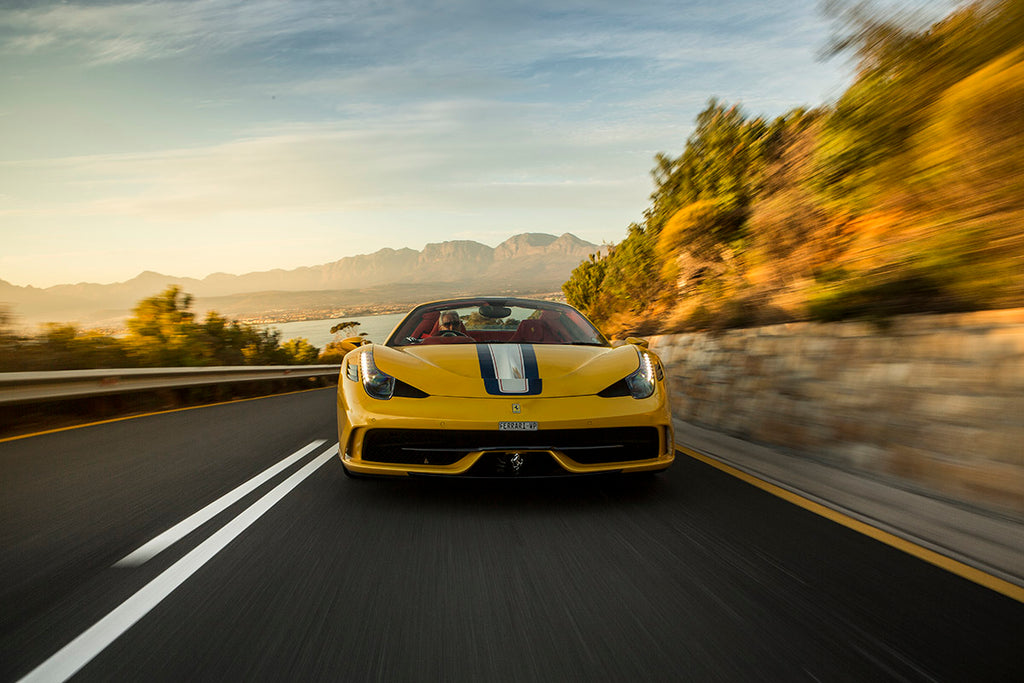
The 458 Speciale Aperta’s steering ratio is fantastically sharp. Through the twists and turns of this majestic coastal road, the rev lights on the wheel relay the redline to my peripheral vision, allowing me to keep my eyes fully on the tarmac unwinding ahead of me.
Sun and wind in your hair are 2 benefits of a Spider, but they’re not the main attractions. The real appeal is that I can hear the V8’s sumptuous, unfiltered engine and exhaust note better than in the coupe.
The moment I decide to make use of all the available performance, the V8’s scream, which ricochets off a nearby cliff face, is an aural experience few road-going Ferraris of any engine configuration can offer. Later, during our photo shoot, I find that the 458‘s haunting shriek sounds even better from the outside!

Sound aside, the eagerly revving V8 feels the same as in the 458 Speciale coupe. Running to the redline isn’t required for enjoyment, although it only takes a very few moments, with the needle zooming around the rev counter, to realise why this 4.5-litre V8 won so many International Engine of the Year Awards.
Ferrari’s carbon-ceramic brakes do an excellent job of scrubbing off speed. Like the engine, the brakes do exactly what I want, whether driving at full tilt or merely cruising along.

This sense of control extends to the 458 Speciale Aperta’s aggressively bolstered seats. The seating position is perfect, and the buckets provide impressive lateral support yet are also comfortable enough to sit in for a few hours. The driver’s seat is an intoxicating place to be, with the 9 000-rpm rev counter dead ahead and the bright yellow wings gleaming through the windscreen.
Compared with its larger V12-powered siblings, the “Speciale A” is undoubtedly easier to place on a tight road. I’ve only had a brief encounter with an F12tdf, but I fully share the owner’s opinion that the F12tdf demands its driver to be hyper alert due to the abundance of power, while the 458 Speciale Aperta feels comparatively more balanced, its slightly less potent engine more accessible, more of the time.
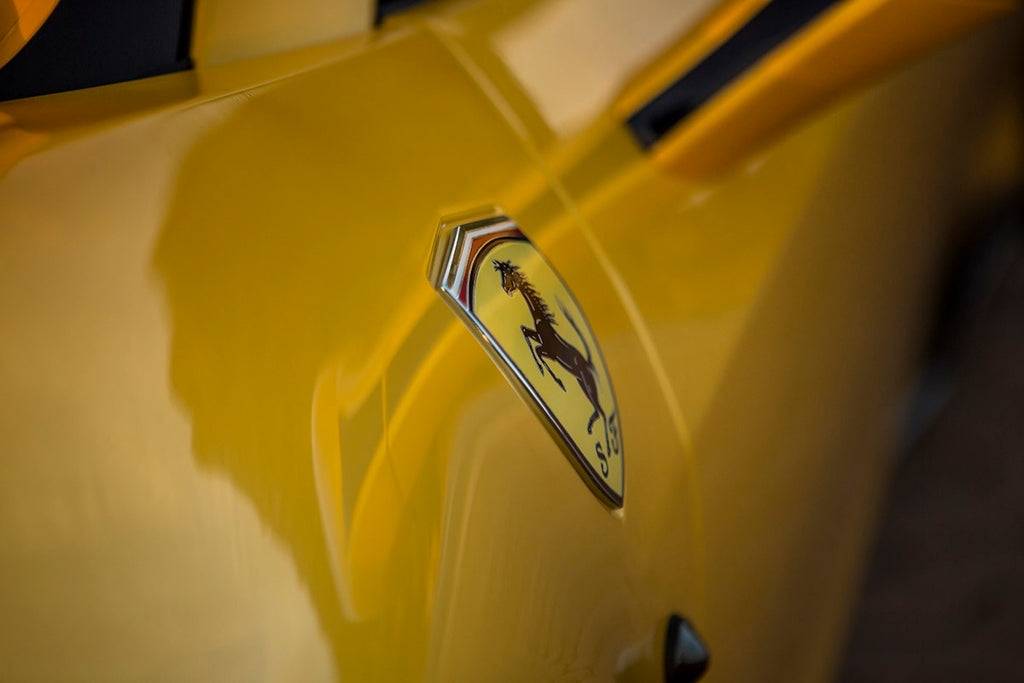
Summary
I have driven a 488 – the 458’s turbocharged replacement – and it is, without a doubt, a more polished, faster and more usable machine than the Speciale Aperta. It is also capable of comfortably crushing continents and commutes. On the other hand, the newer Ferrari isn’t as involving as the final iteration of the 458. It seems that this model is destined to remain one of Ferrari’s best modern-day driver’s cars.
Find a new/used Ferrari listed for sale on Cars.co.za
Related content:
Ferrari 458 Speciale vs 488 Pista: Classic Comparison
Ferrari 360 Challenge Stradale: Classic Drive
Ferrari F355 Challenge: Classic Drive
